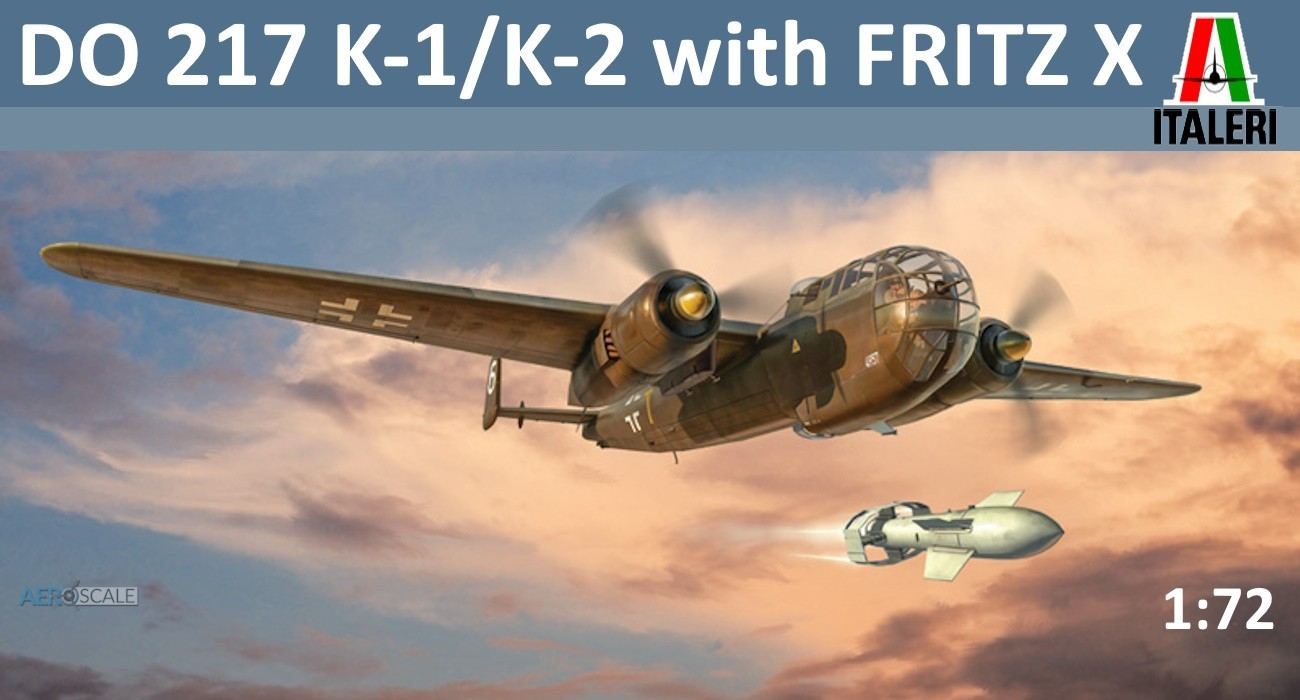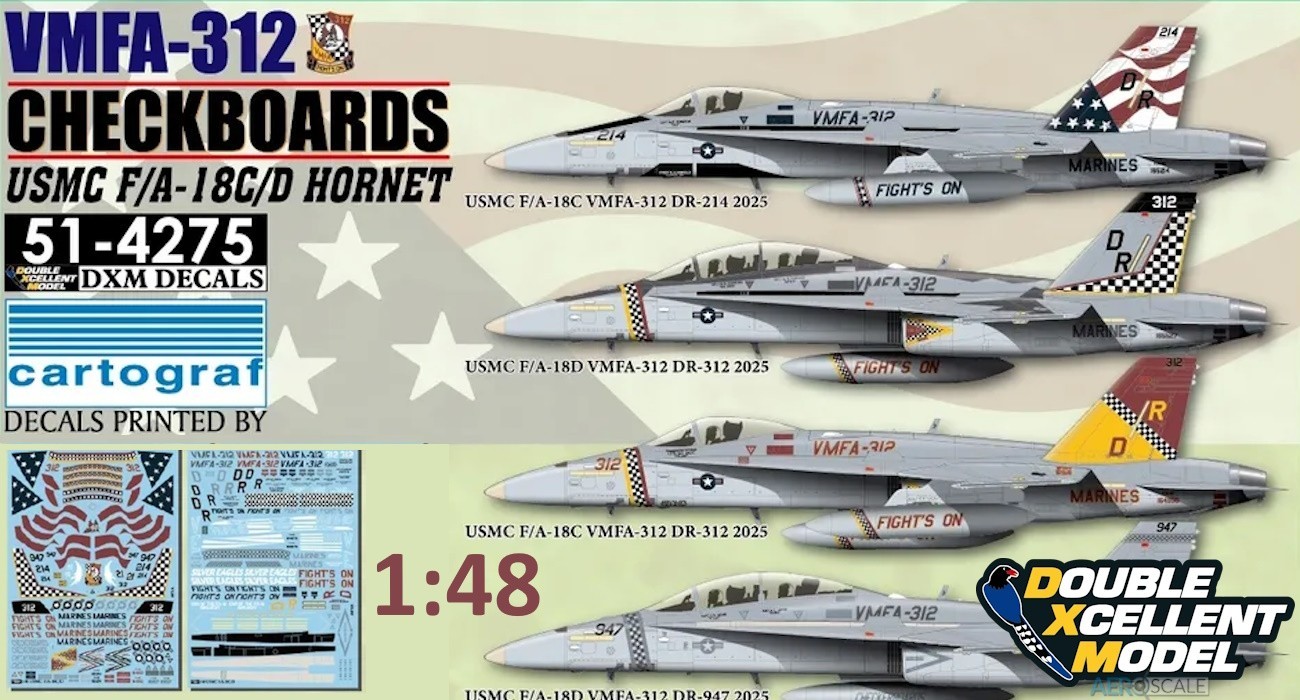
Background
The Seafire FR Mk.47 had a lot of similarities to the Spitfire Mk.24. The initial batch of fourteen aircraft were powered by the Rolls Royce Griffon 87 engine. Subsequent Seafire’s utilised the Griffon 88. In all ninety F Mk.47s and FR Mk.47s were built. VR971 was the last of the 22.000 Spitfire/Seafires built. There were a few external changes with the Mk.47 compared with the previous Mk F Mk.46 and FR Mk.46. The entire outer wings folding upwards hydraulically in one piece, with no folding wing tips. The flap area was increased to provide more lift. The Mk.47s retained the Rotol contra-rotating propellers to counter the extreme torque of the Griffon87/88 engine. Another benefit of the contra rotating prop was that the diameter was much reduced as a result there was less likelihood of damage with a flat deck approach. Also retained was the larger fin and rudder. These features were crucial for deck take-off and landing as the margin for error was much reduced. The Mk.47 also featured cut down upper fuselage as well as a blended supercharger air-duct just under the nose. A modified curved windscreen, similar to that used on the Mk.XVII was also used. This proved unpopular with the Navy pilots because of the restricted view during deck landings. Also, it had a alarming tendency to fog.
The Seafire FR Mk.47 aboard HMS Triumph with 800 Squadron saw action during the Malayan Emergency of 1949. It also saw service during the Korean War in 1950. However, this was its heyday as by 1951 all Seafires were withdrawn from front-line action. Not sure about Special Hobby calling this ‘the last Royal Navy Propeller Fighter.’ I believe that title fell to the Hawker Sea Fury which took over from the Seafire FR Mk.47.
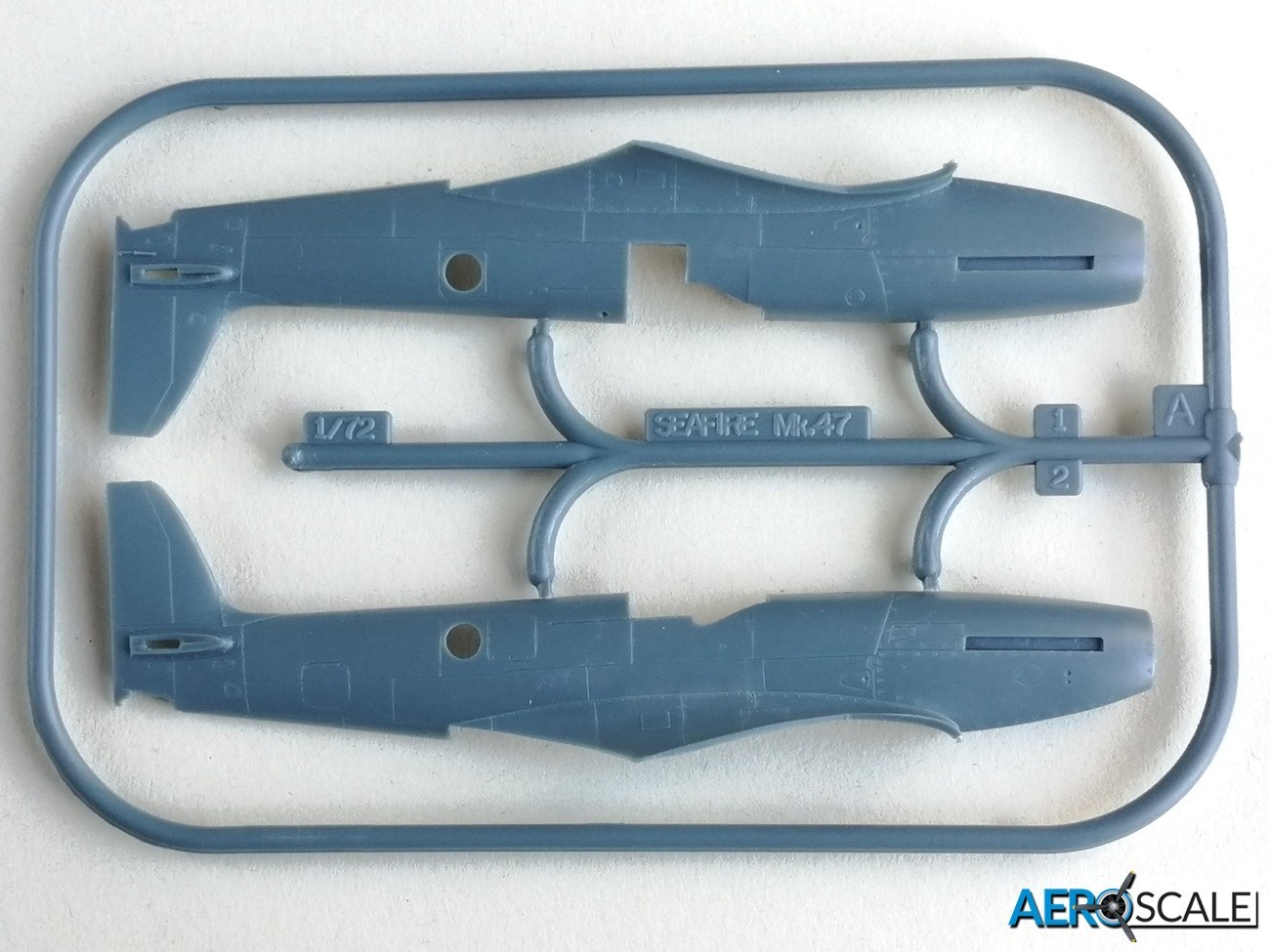
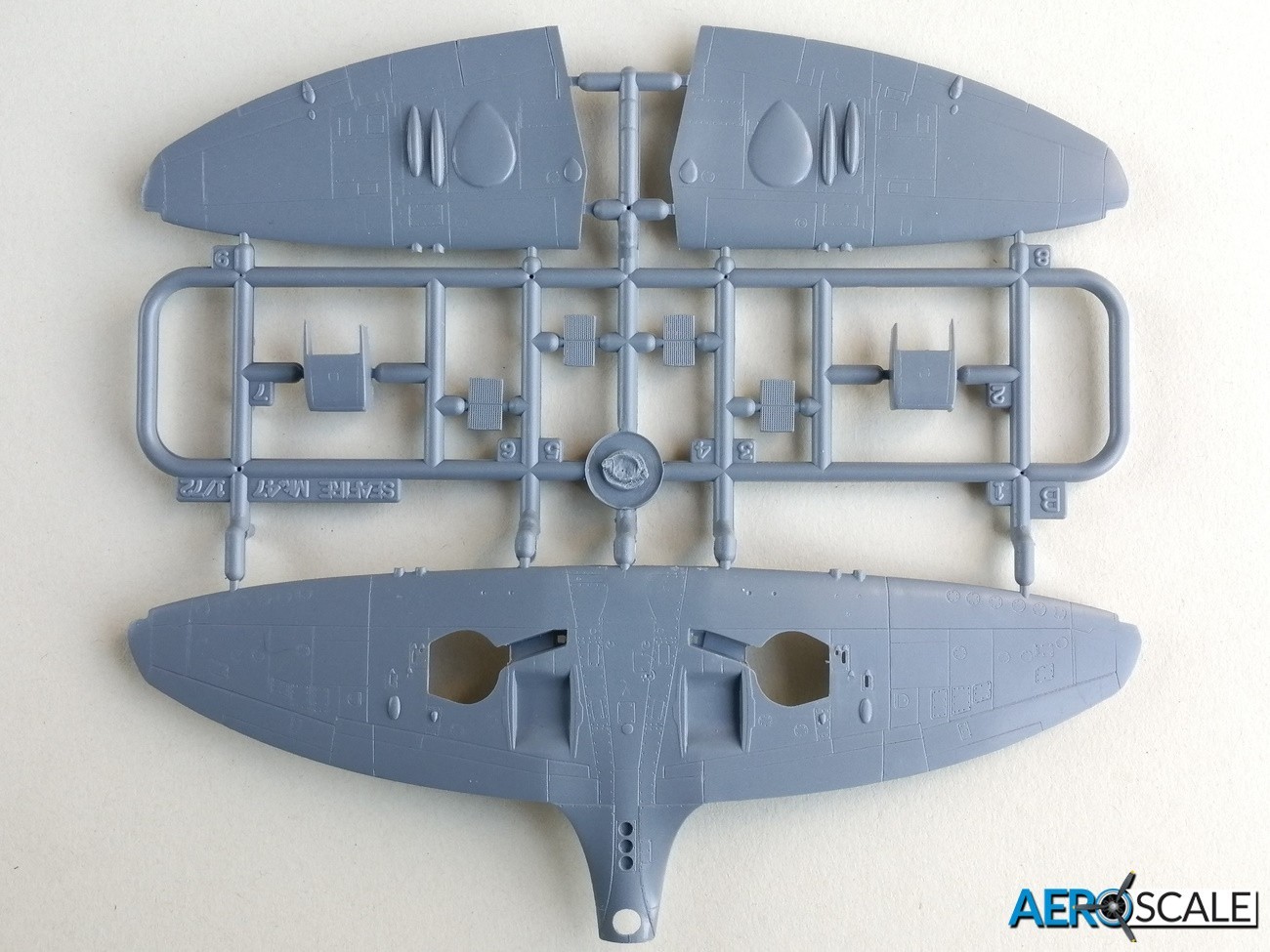
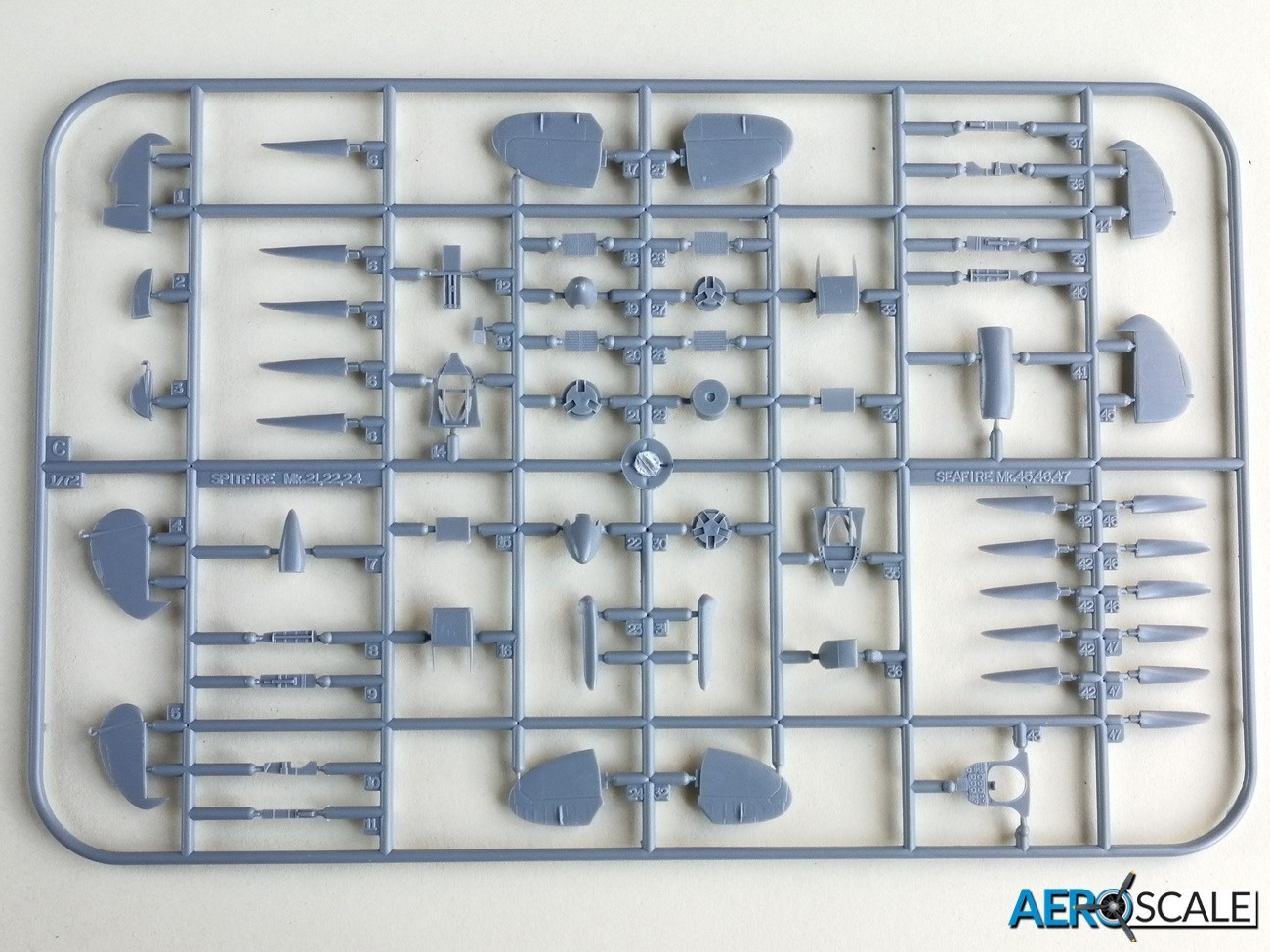
The Kit
Special Hobby’s 1:72 scale Seafire F Mk.47 was first released in 2012 [Scalemates]. The contents are in a top opening box and they are bagged. You will notice that there is no consistency to the colour of the sprues. Several versions of the Spitfire/Seafire are made up from these sprues, though sprues A, B and E are specifically for this release. Overall, the recessed and raised detail is good. There are some fastener detail on the access panels. As this is a limited run kit, there is a little flash here and there. So, some parts will need a quick swipe with a sanding stick. There are a fair few parts not used so take careful note of part numbers used during construction. There are locating pins on the fuselage and wings. The pre-painted photo etched parts are as welcome addition.
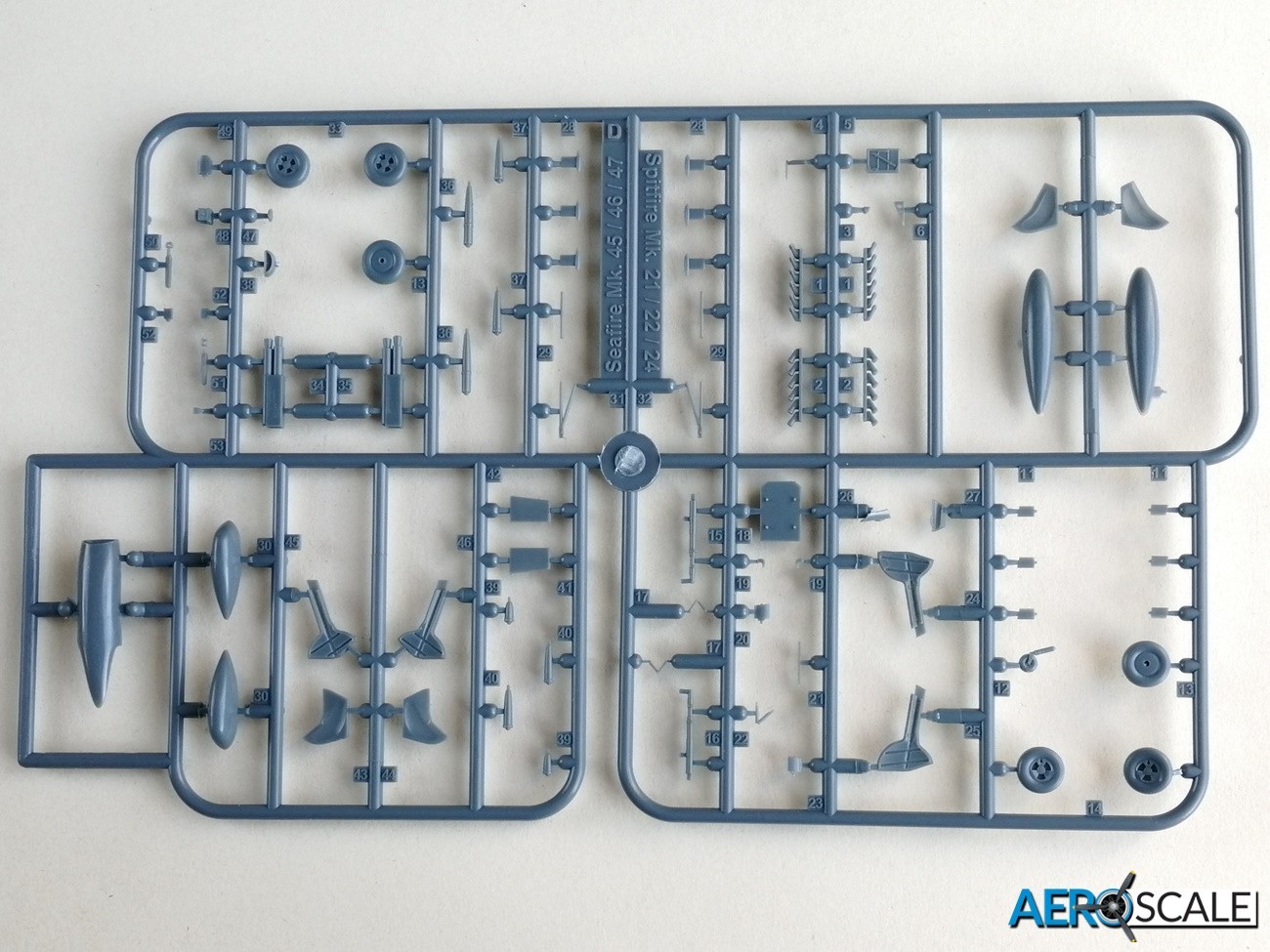
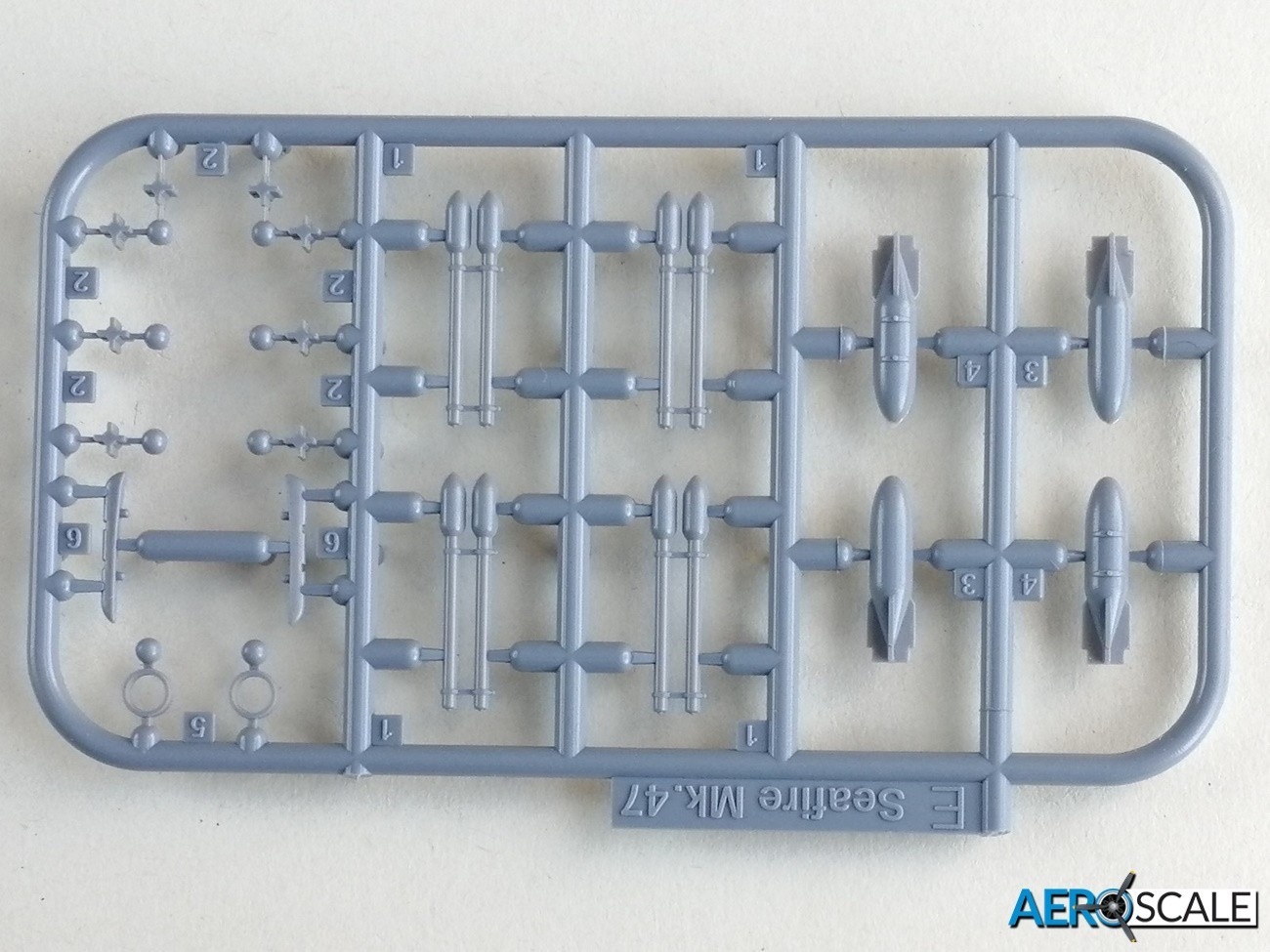
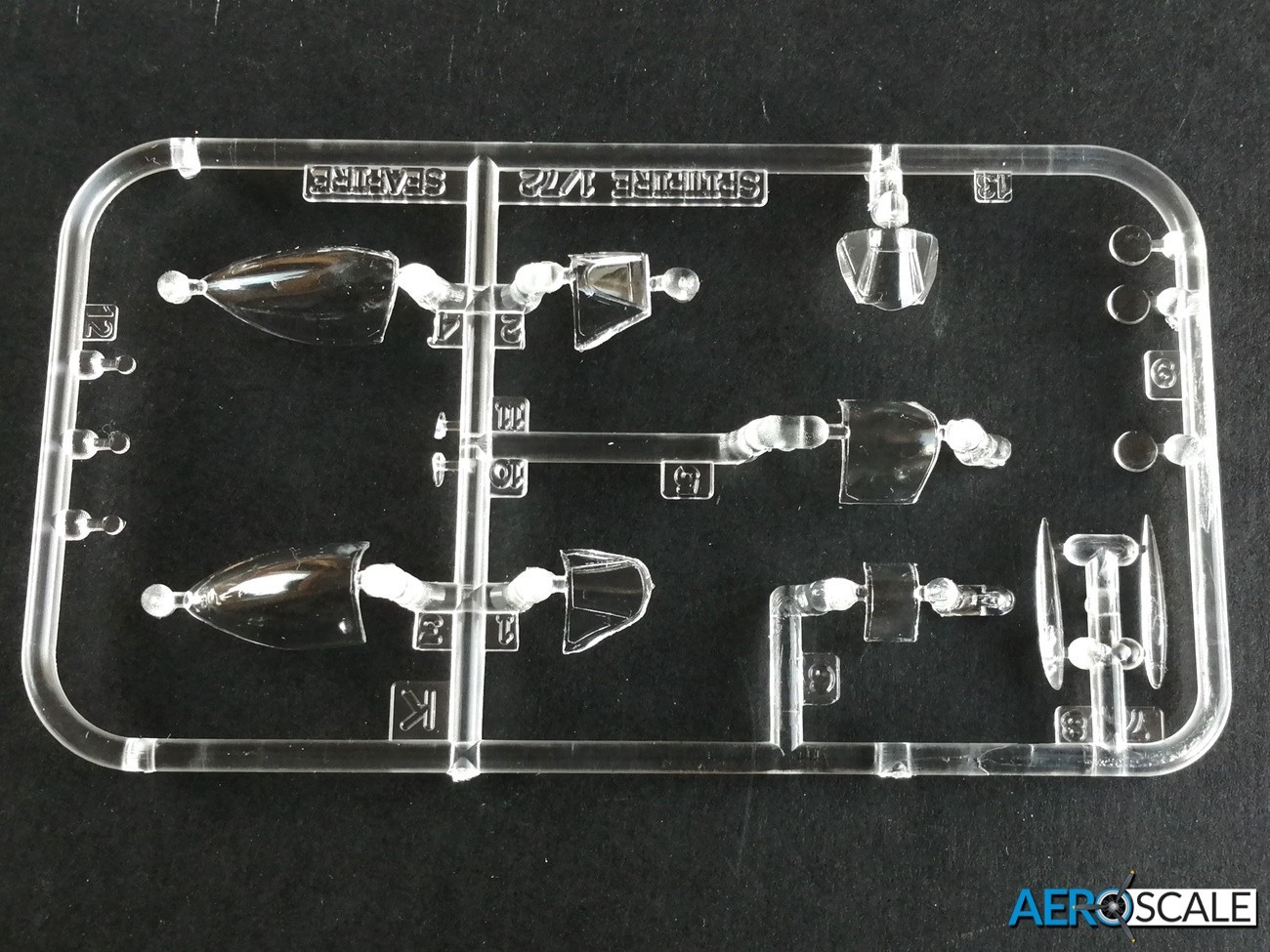
Contents include:
- 5 x grey sprues
- 1 x clear sprue [separately packed]
- 1 x pre-painted photo etch fret
- 1 x sheet of decals
- 1 x 16-page instruction booklet

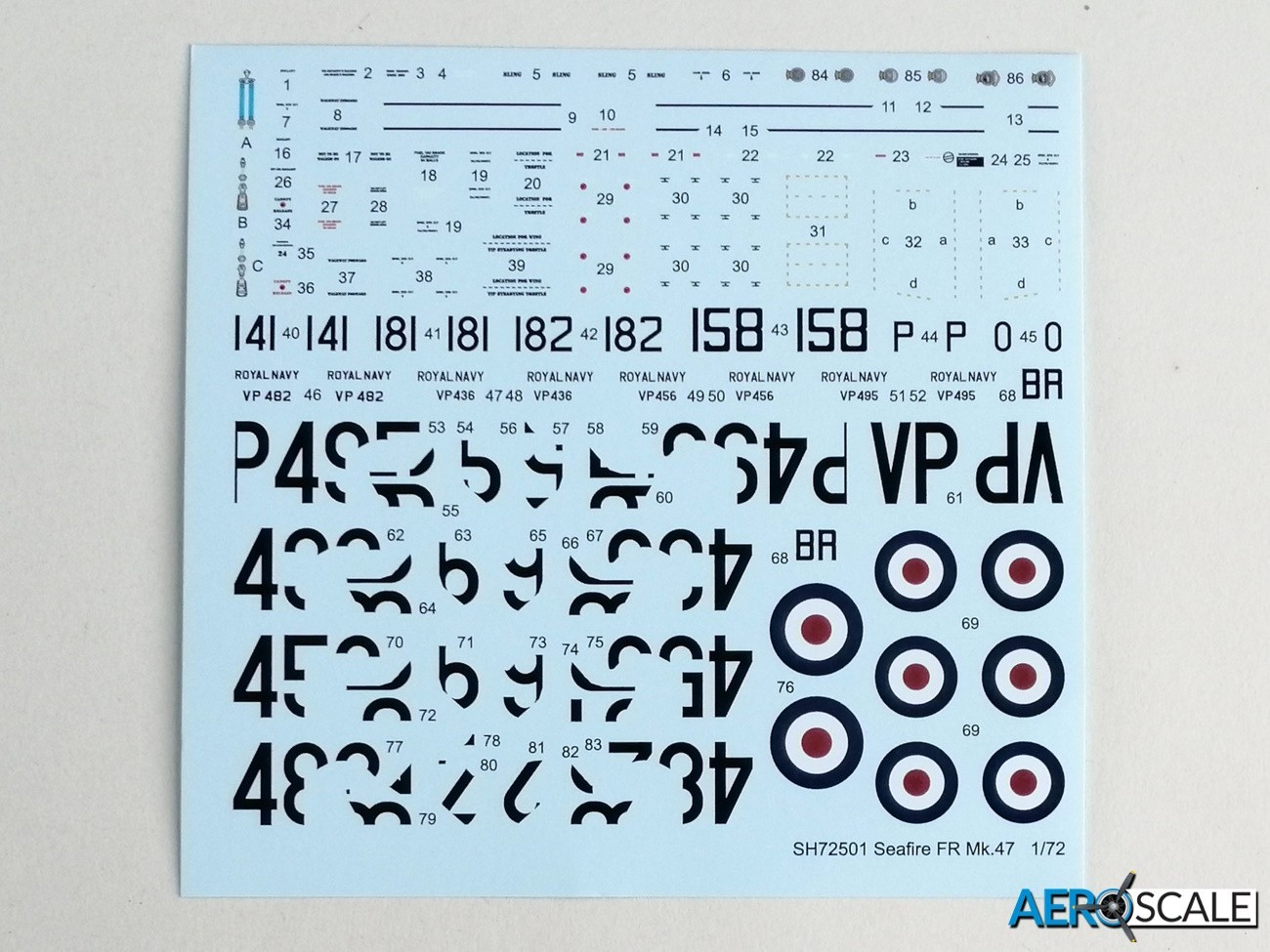
The cockpit with this edition features a mix of moulded and individual plastic parts as well as pre-coloured photo etched [PE] parts and decals. There is a fair bit of raised detail on the cockpit walls of the fuselage. The pilots instrument panel [IP] is fitted to a firewall. There is enough relief detail for some dry brushing to bring out the instruments. To use the excellent look PE instrument panel then you need to file the slightly raised dials on the plastic IP. There is a separate cockpit floor, rudder pedals, seat, control stick, back rest, and the bulkhead its attached too as well as seat belts. The latter come as pre-coloured PE parts or decals. Also available as PE parts are the rudder pedals and armoured head rest.
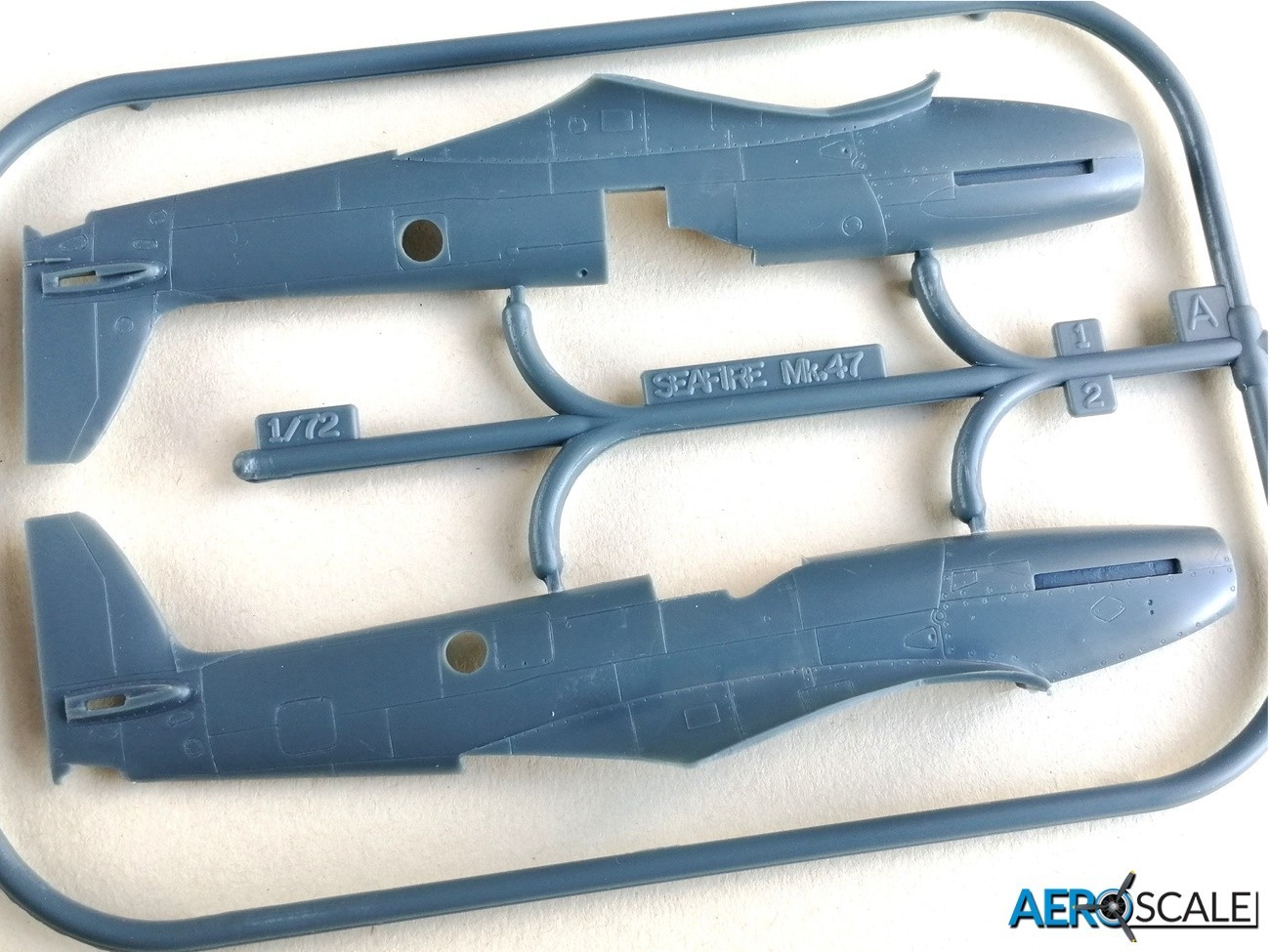
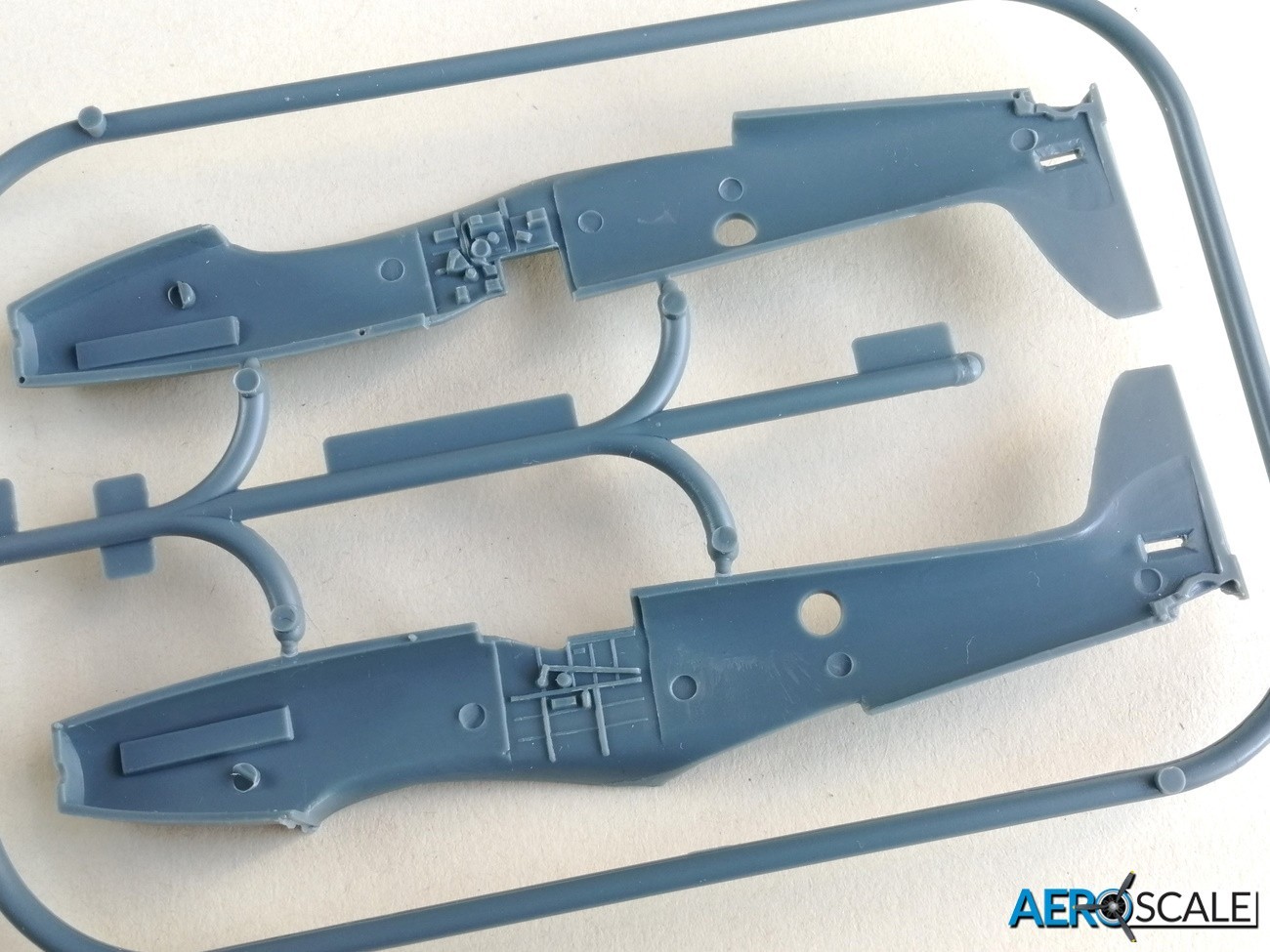
All the transparent plastic parts are crystal clear. There are two blown canopies: one for open and the other closed. The raised framing looks good and should be relatively easy to hand paint or create some masks.
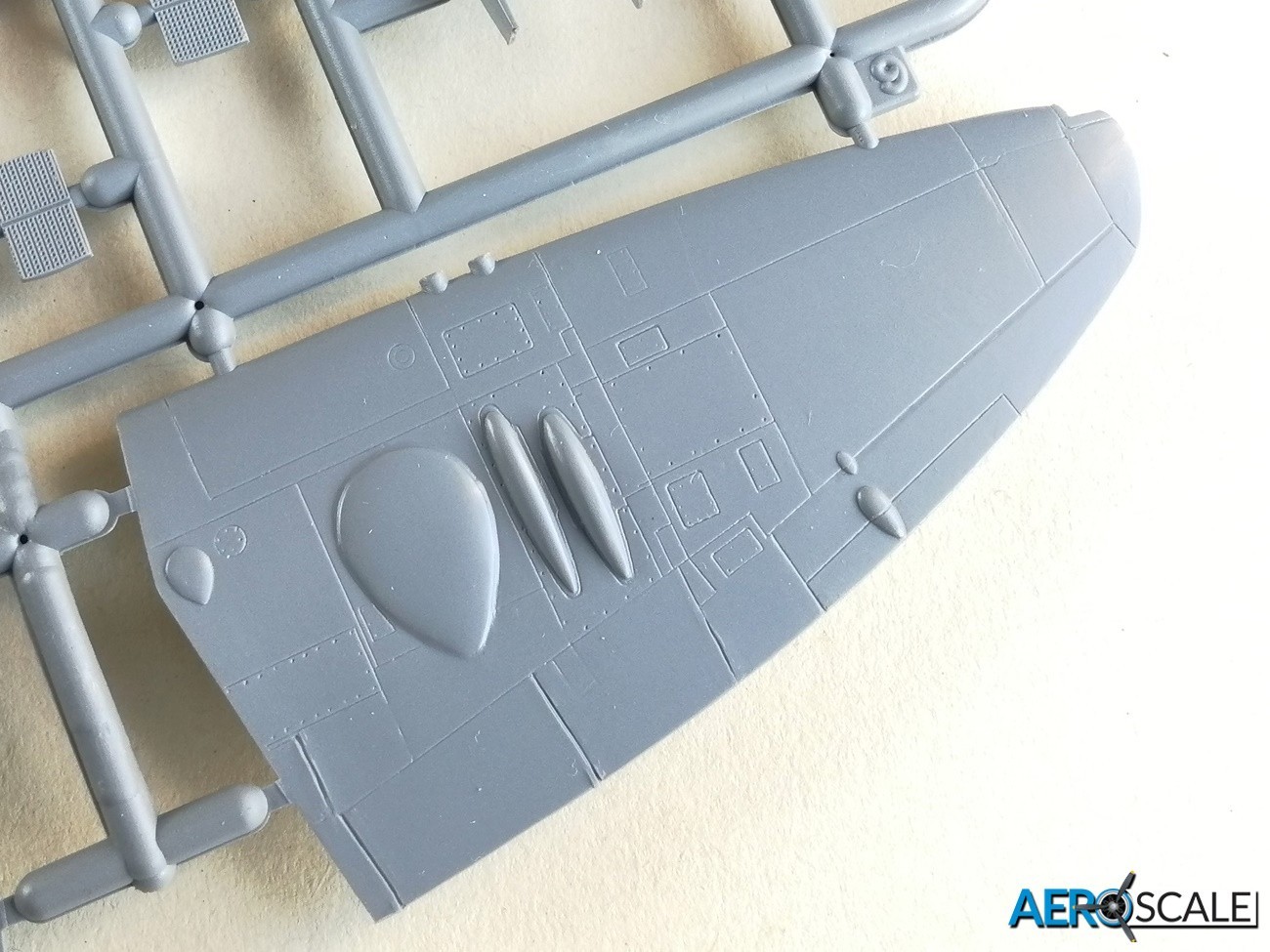
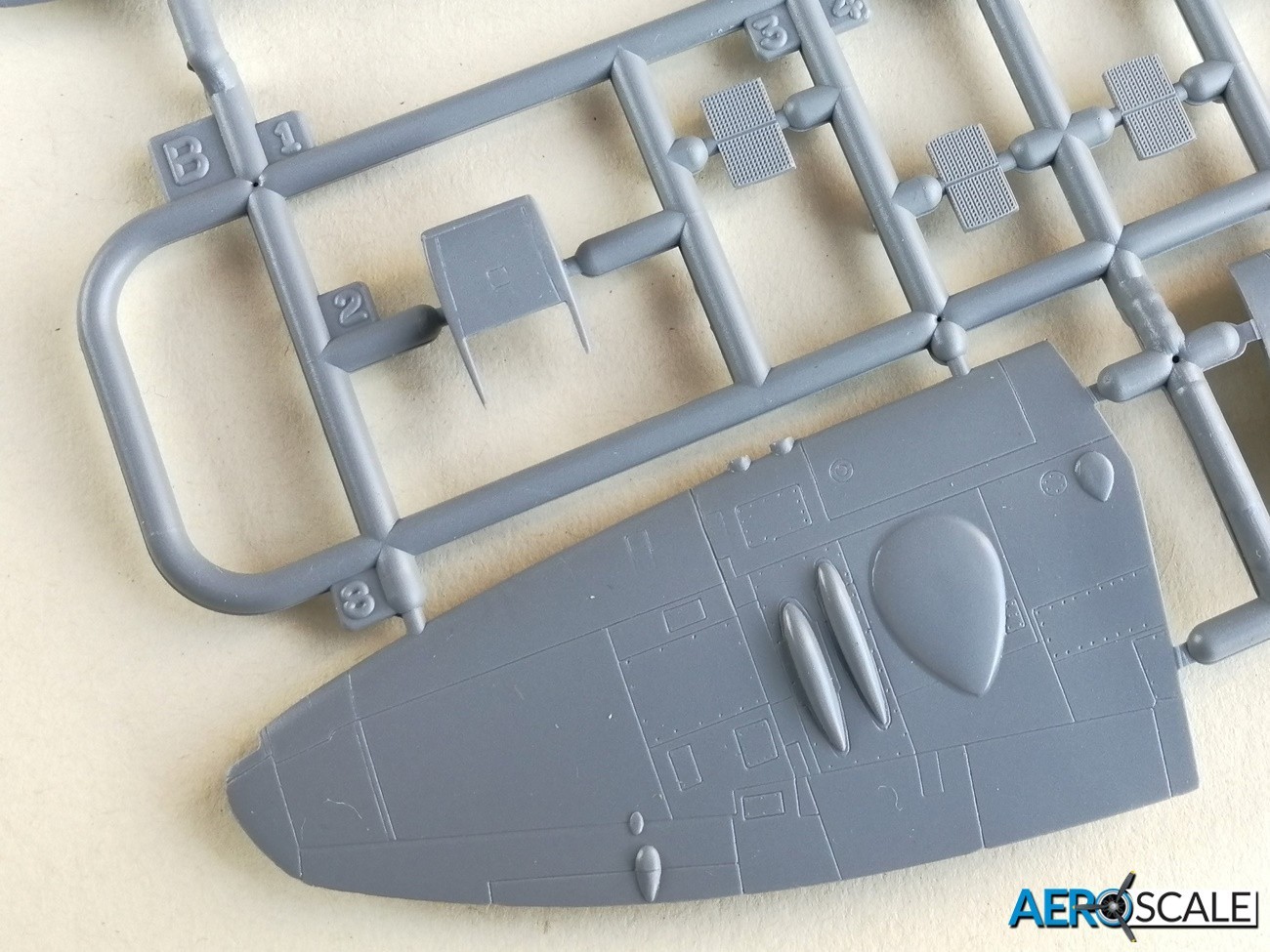

The fuselage is split into left and right halves. The left fuselage has the access door for the cockpit as a separate plastic or PE part. The plastic is one piece were as there are four PE parts. Both fuselage sides have a circular cut out for the camera windows, which are separate clear plastic. The rudder is separate with a two-part upper and lower. The lower having the retracted sting arrestor hook attached. Unusually the trim tab is separate. The distinctive late Spitfire/Seafire rocker covers for the Griffon engine are separate. There is a line around the gaps for the exhaust indicating where the covers fit. The supercharger fairing under the nose is also a separate part. The impressive contra rotating prop has a spinner made up of four parts. The six propeller blades are separate parts. There is a small PE template for scribing a couple recessed details on top of the nose just in front of the windscreen. Also to add to the top of the nose is a small air inlet.


The lower wing is one piece with the upper wings being two. Ailerons and flaps are moulded in place. There is no provision for a wing fold with this kit. The line of the wing fold is straight and a little more noticeable than the panel lines. So, if you wanted to display this Seafire with folded wings it would not be too difficult with a bit of scratch building. The mix of large and small blisters on the wing surface are sympathetically done. The reverse side of the larger blister on the upper wing has ribbed detail forming the roof of the main undercarriage bay. Four detailed parts make up the walls of each of the main undercarriage bays, so there are no unwelcome views into the wing. The recessed area around the wheel bay hopefully ensures the fitting of the walls will be straightforward. The distinctive radiator fairings under the wings are both one-piece items with separate plastic or PE radiator flaps. The latter will need some bending to achieve the right shape. The plastic faces of the radiators look good with mesh type detail. The four canon fairings are separate. There is a PE mask for the canon muzzles. There is a hole in the belly representing a window for a camera and three smaller holes for the ID lights. Each of the four holes has individual clear parts. The horizontal tail surfaces are each one piece with the elevators in the neutral position.
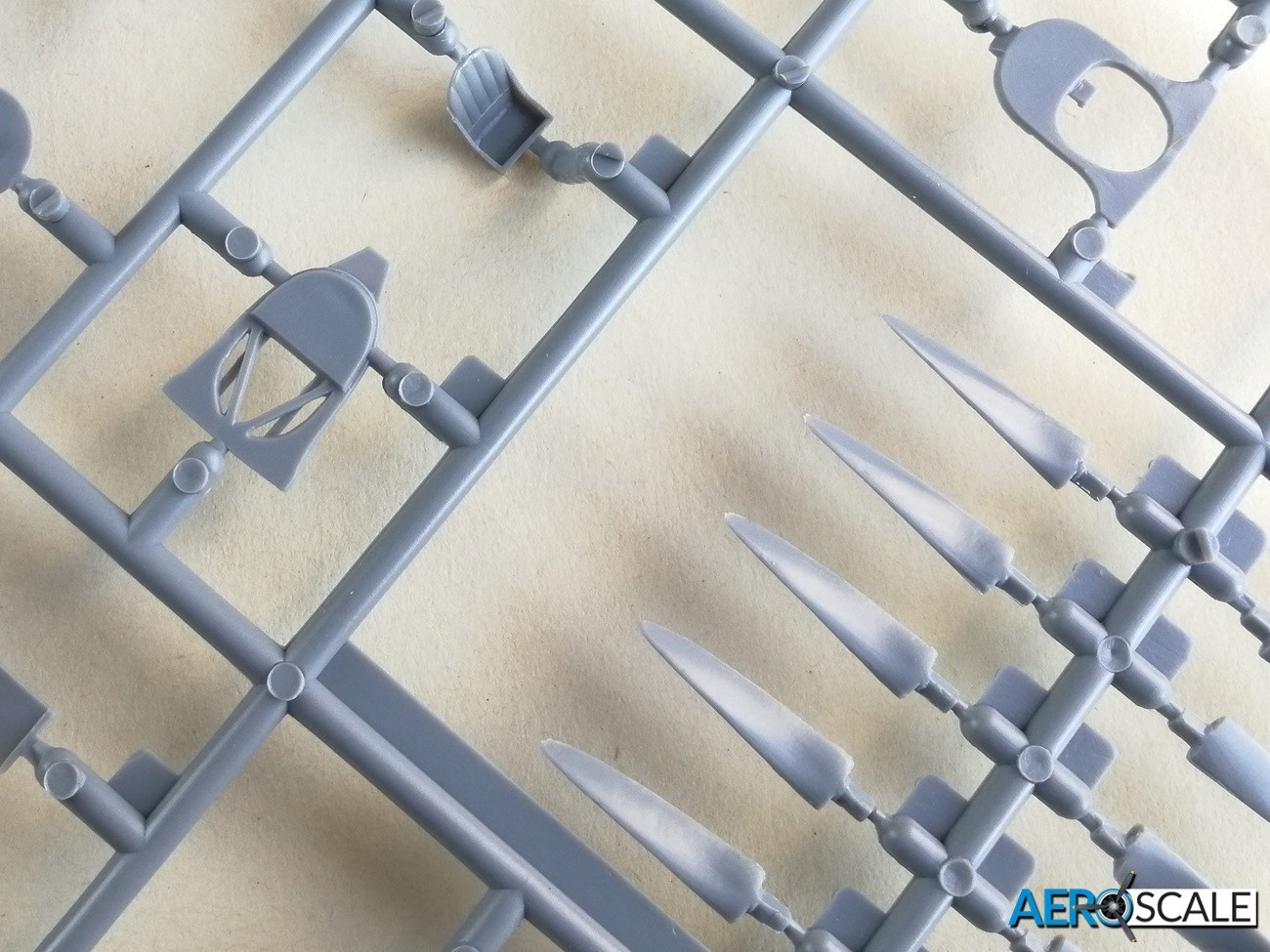
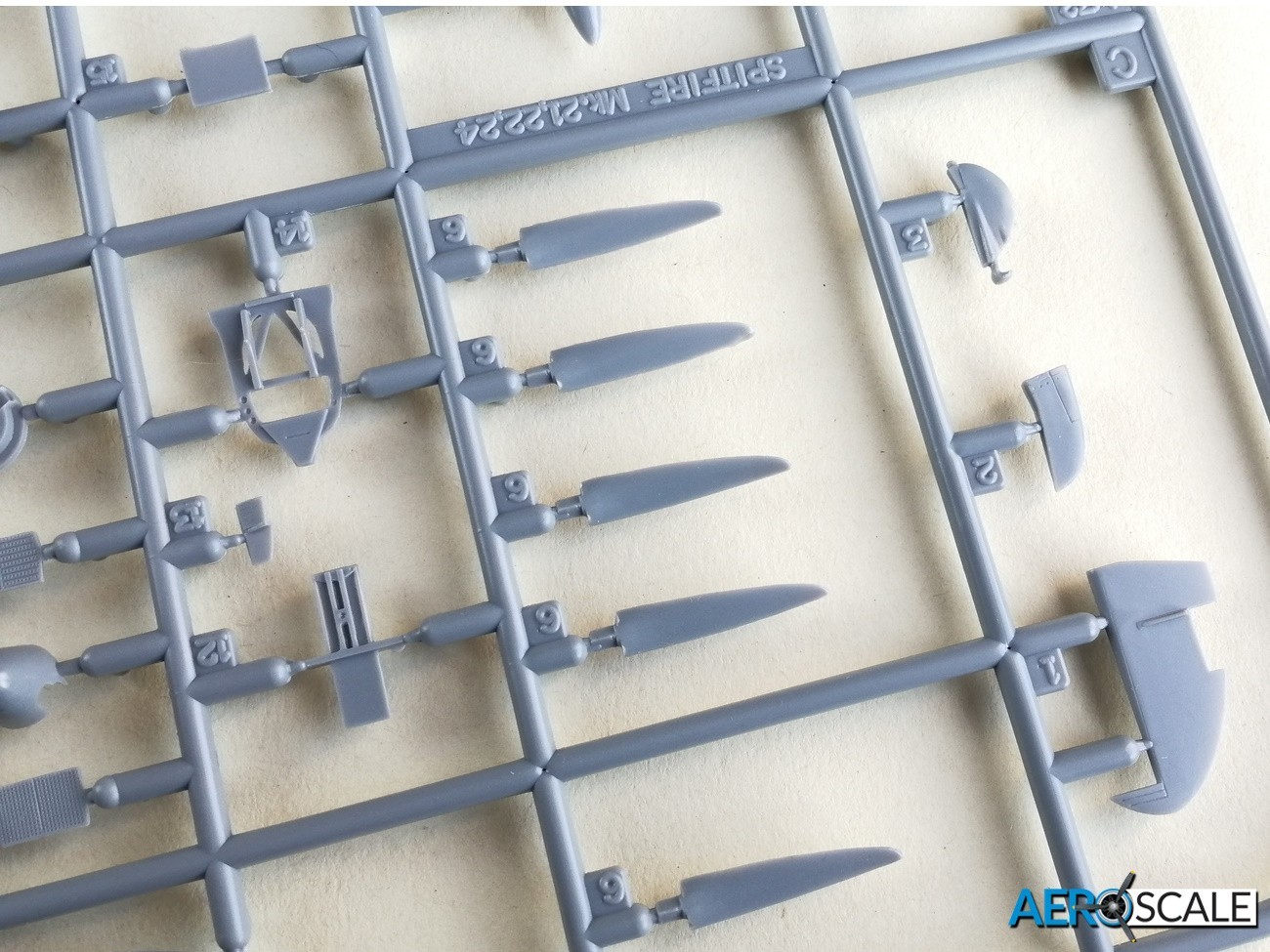
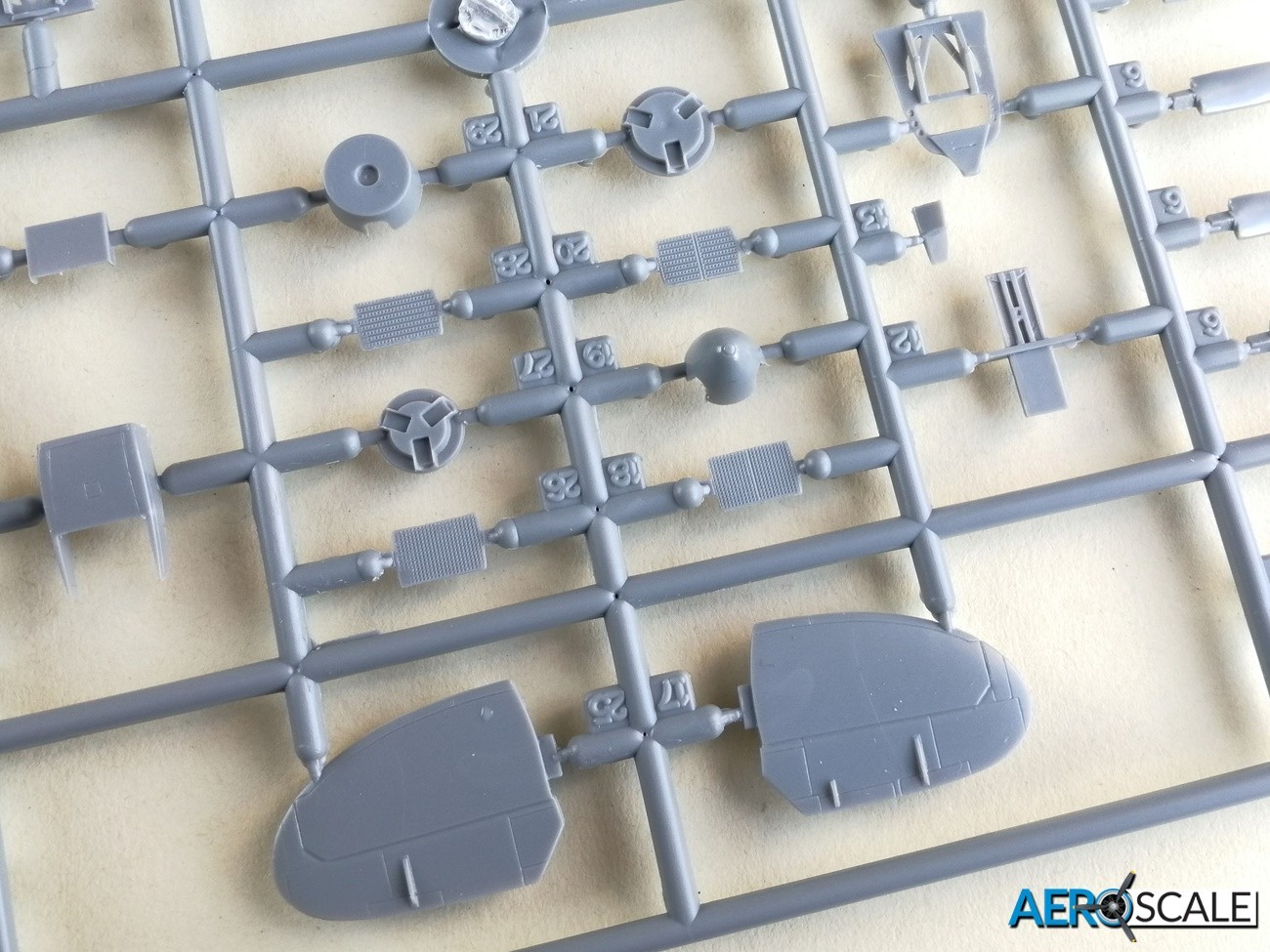
The main undercarriage legs feature either separate plastic or PE torque links. The main wheels 3 spoke] are made up two parts. On each wheel half there is a sizable raised ejector marks on the join to file down. Detail on the spoke side of the hub looks good. The main undercarriage doors feature correctly the slightly bulbous look. The detail on the inside of the doors is nicely done. There is a tiny hint of a raised ejector mark on the leg door. A quick rub with a sanding stick will be suffice to remove it. The retractable tail wheel is one piece with separate gear doors. The wire guard just in front of the tail wheel is made up from two parts.

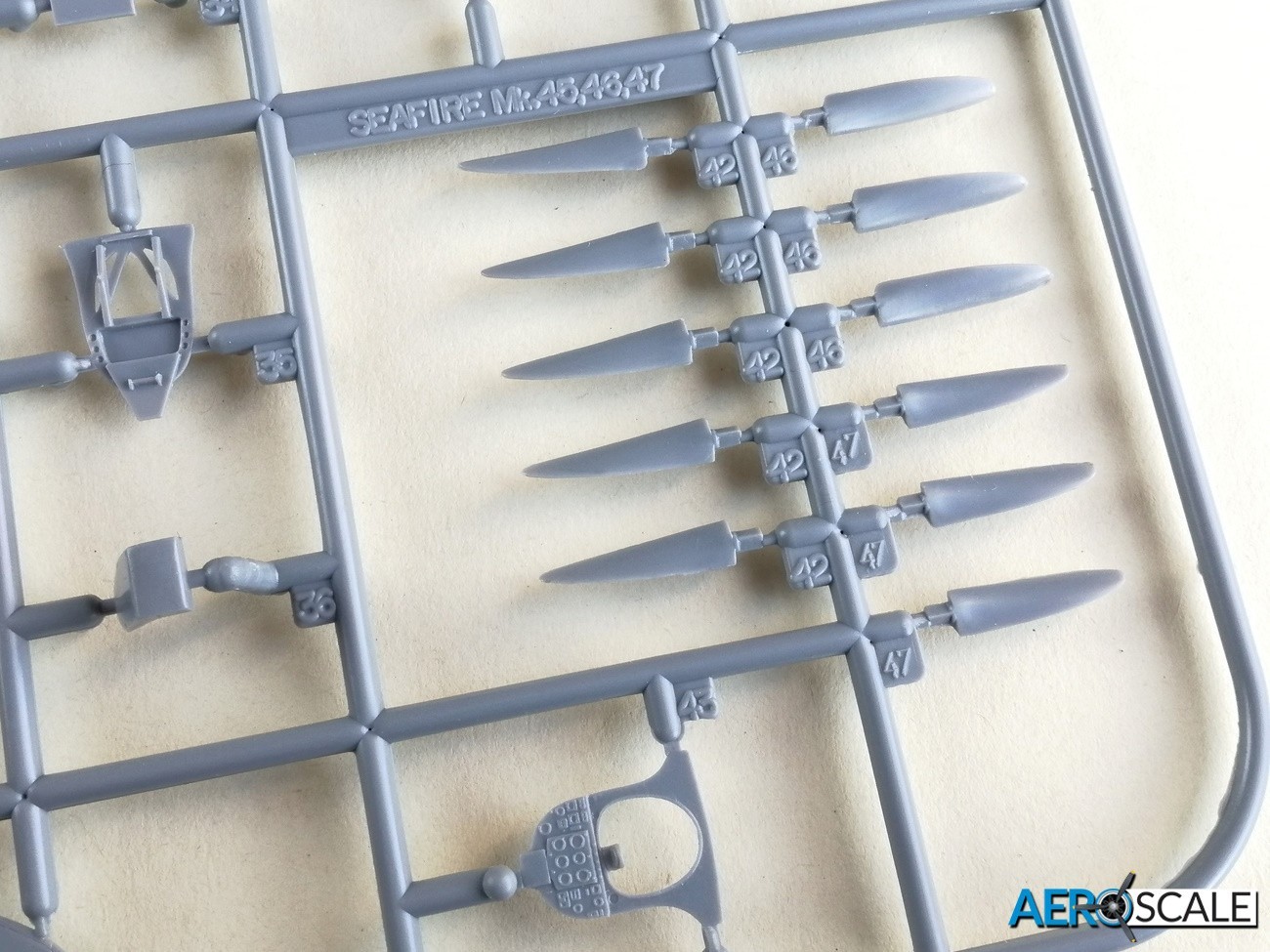

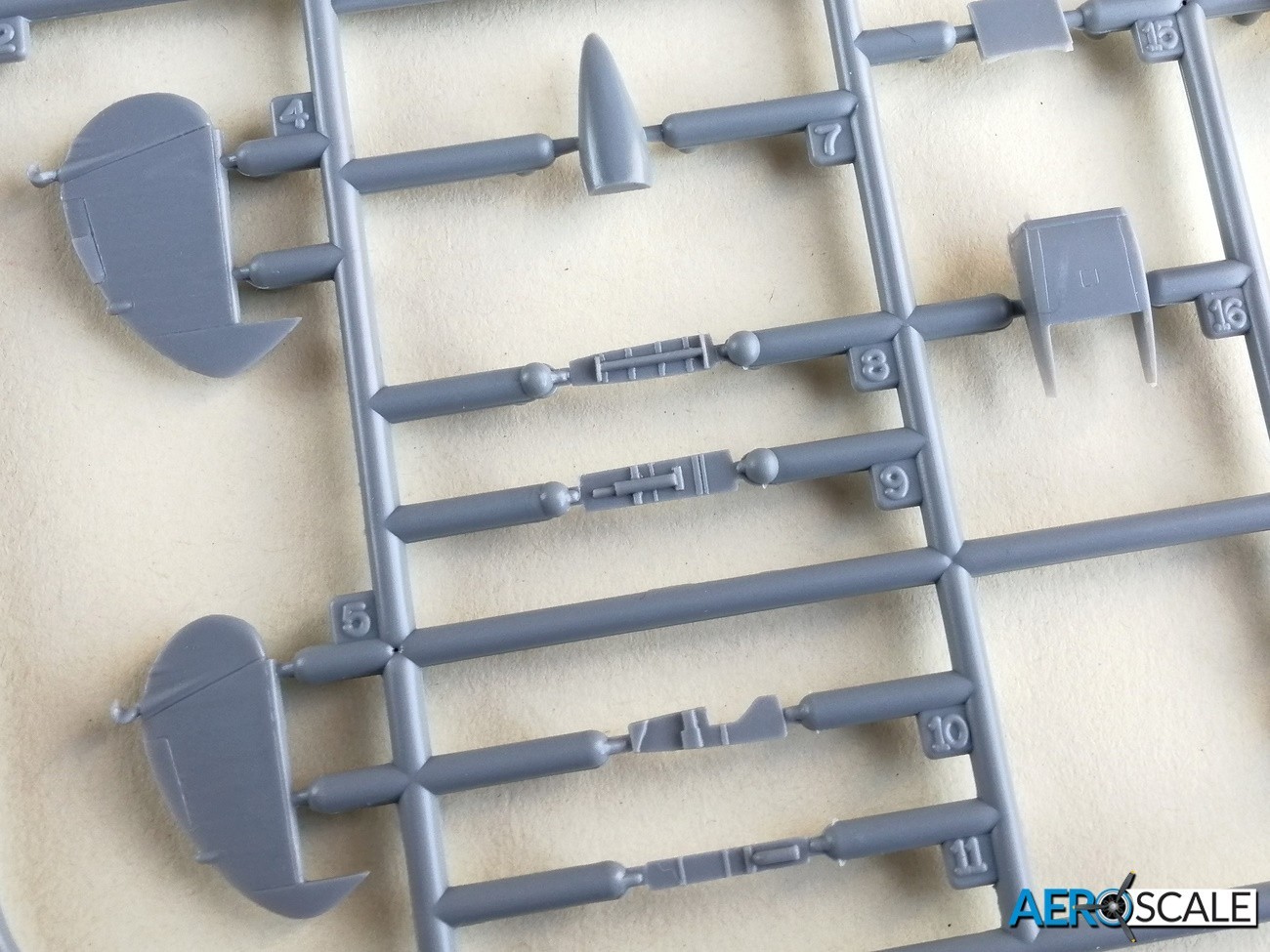
Ordnance includes a couple of wing mounted 500lb bombs with separate racks. There is also a set of four pairs of rocket projectiles with separate fins and PE electrical firing cables. Also included are two sets of JATO packs. There is the option to fit two underwing fuel tanks or a belly fuel tank.


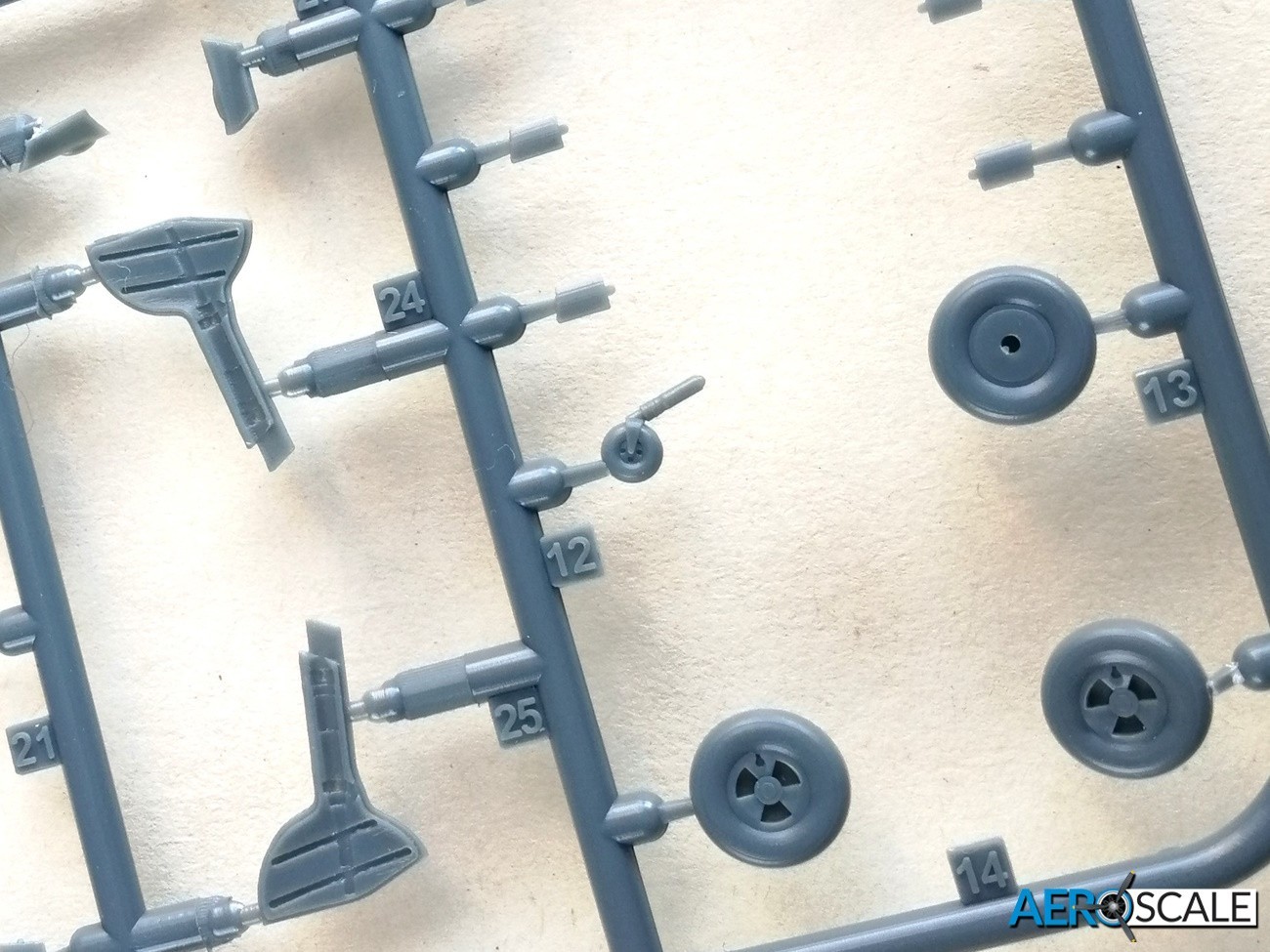
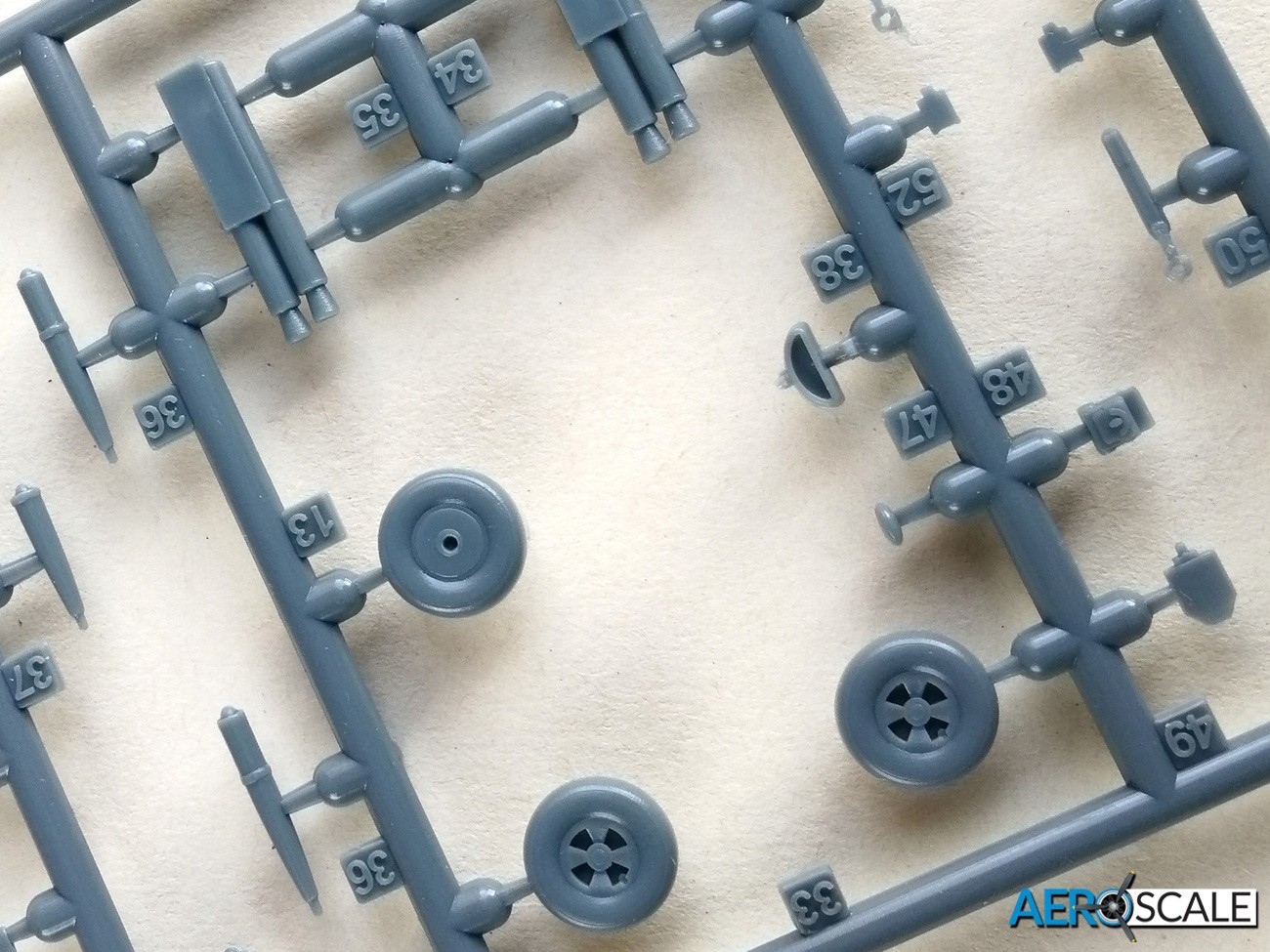
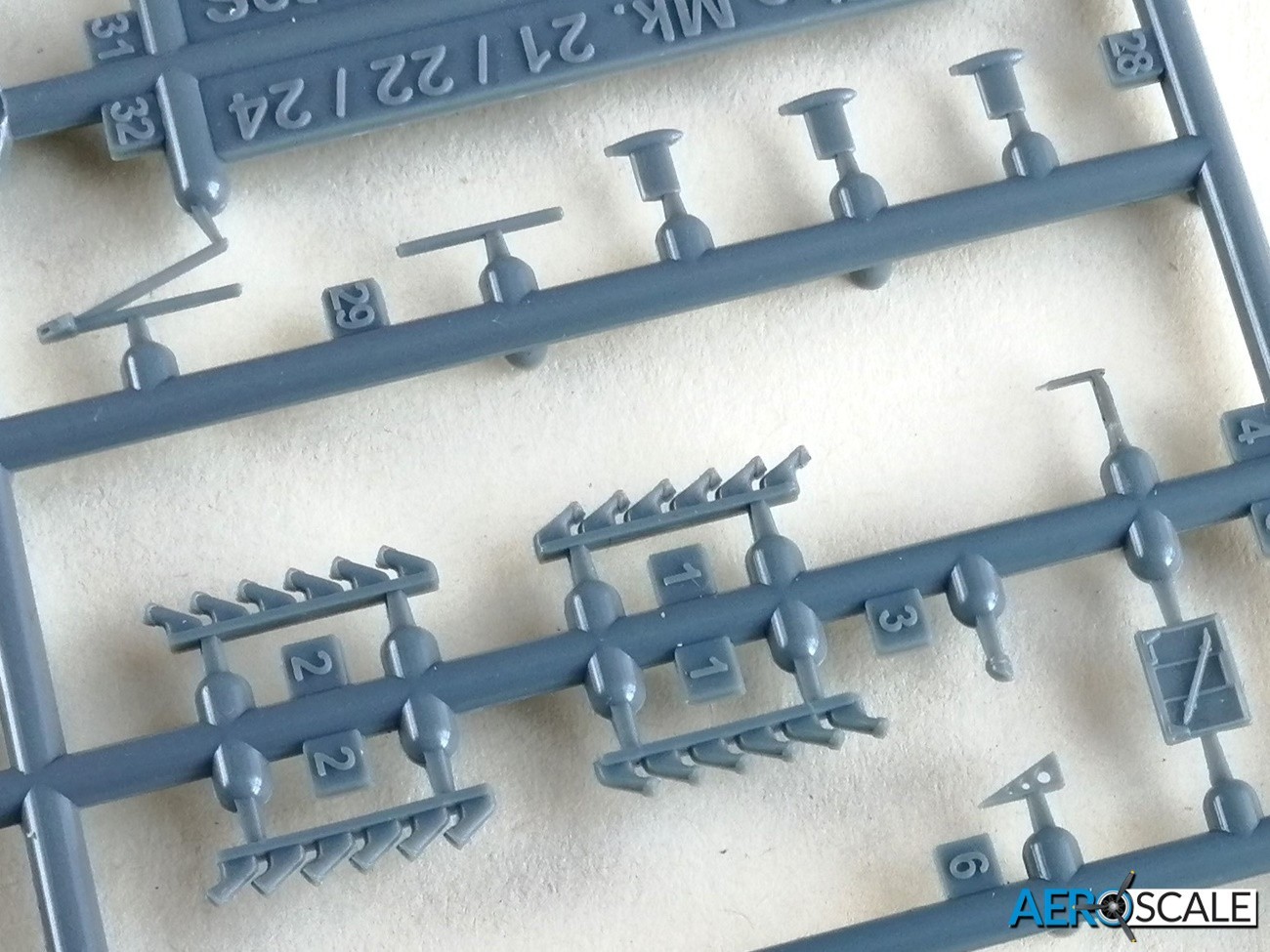
Marking options include:
[A] Seafire FR Mk.47 P-181/VP495 No. 800 NAS, HMS Triumph, 1950
[B] Seafire FR Mk.47 P-182/VP496 No. 800 NAS, HMS Triumph, 1950
[C] Seafire FR Mk.47 O-141/VP436 No.804 NAS, HMS Ocean, 1949
[D] Seafire FR Mk.47 BR158/VP482 No.1833 RNAS Bramcote/HMS Gamecock, 1953
All aircraft flew with the Fleet Air Arm. They are painted extra dark sea grey [EDSG] on the upper surface and sky on the sides and lower surface. The first three options have similar demarcation lines for the EDSG and sky. Option D has the sky colour extending over the upper wing root. Option [A] has invasion stripes under the wing and option [C] has a red spinner.
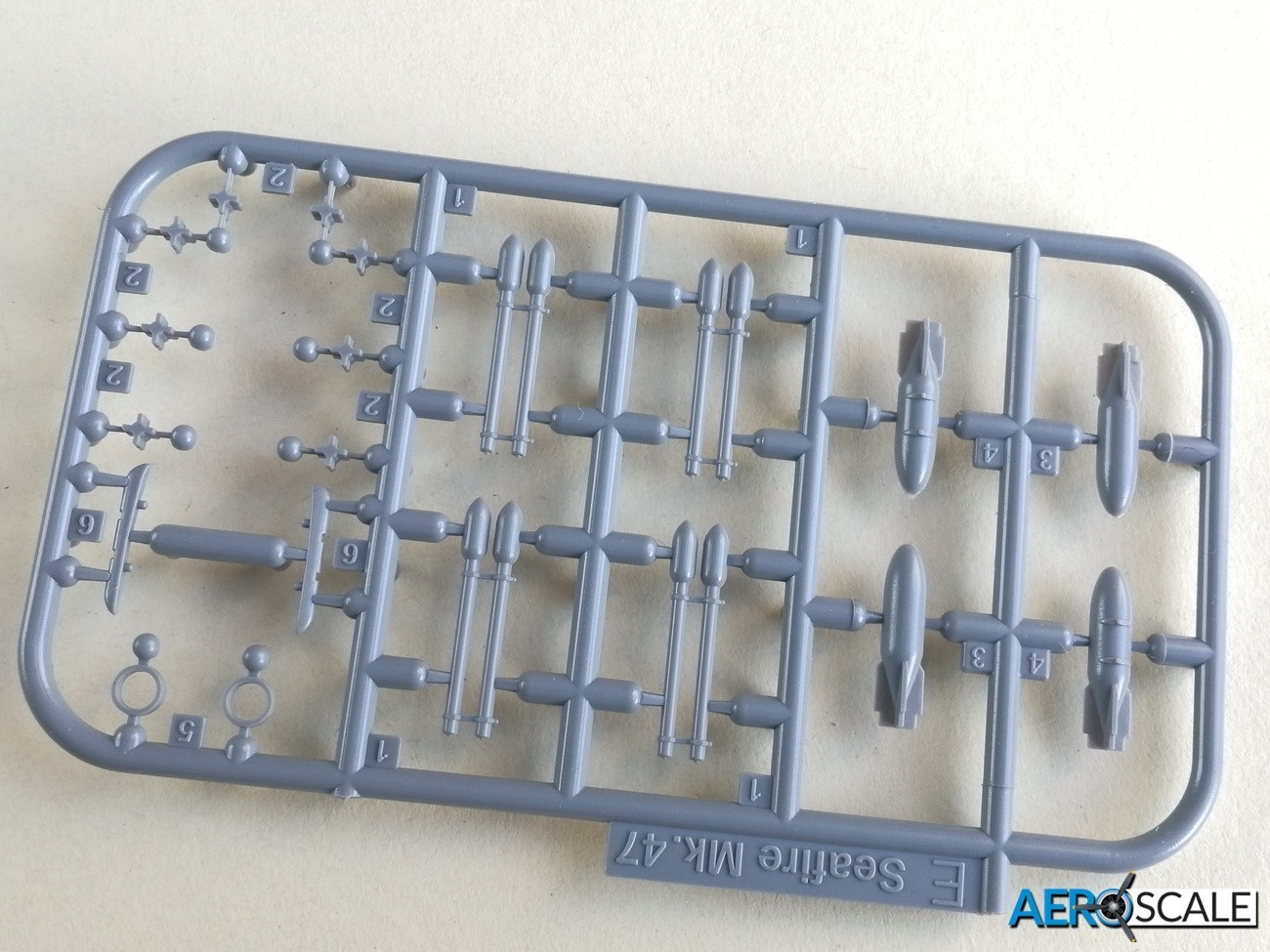
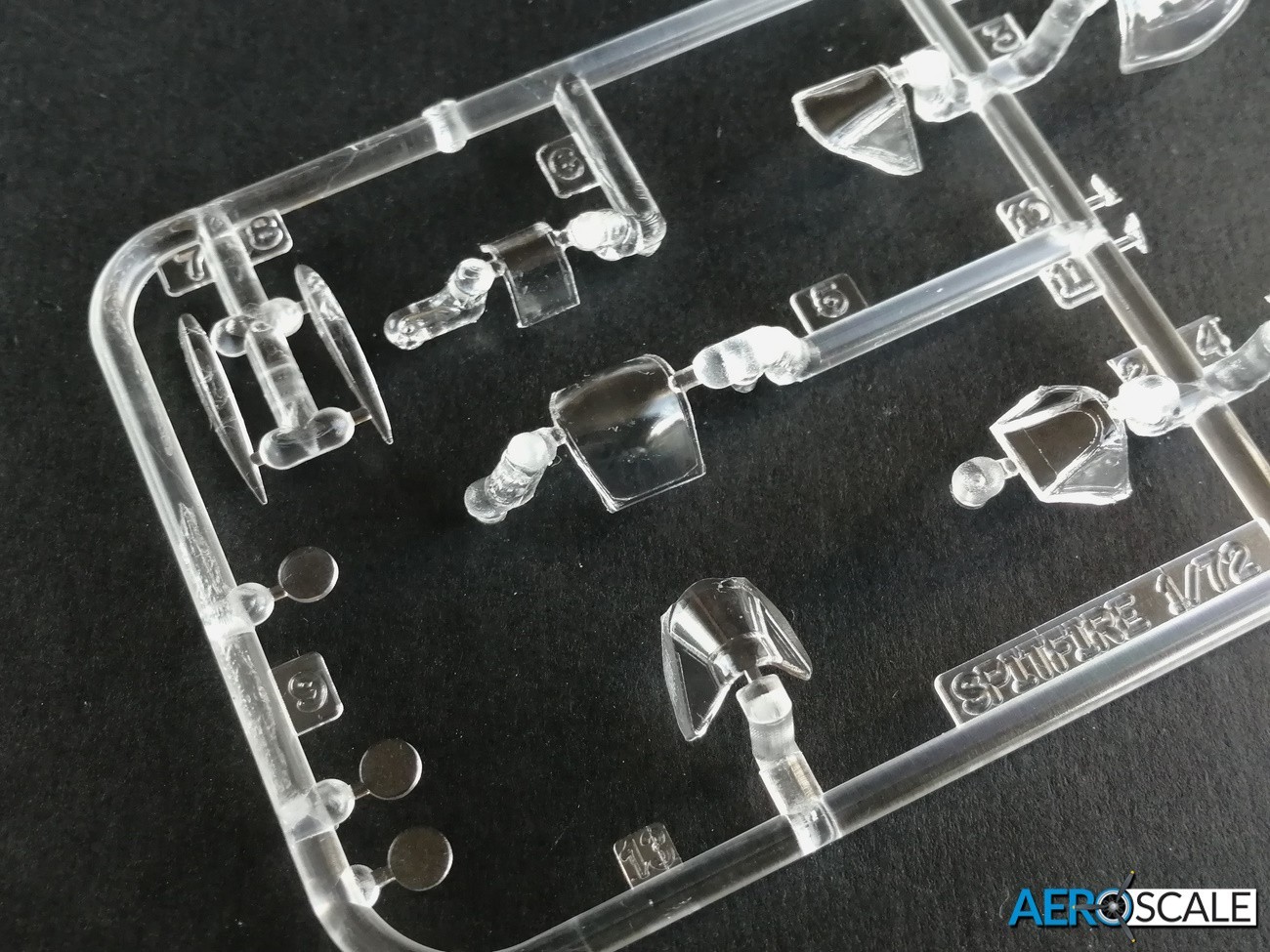
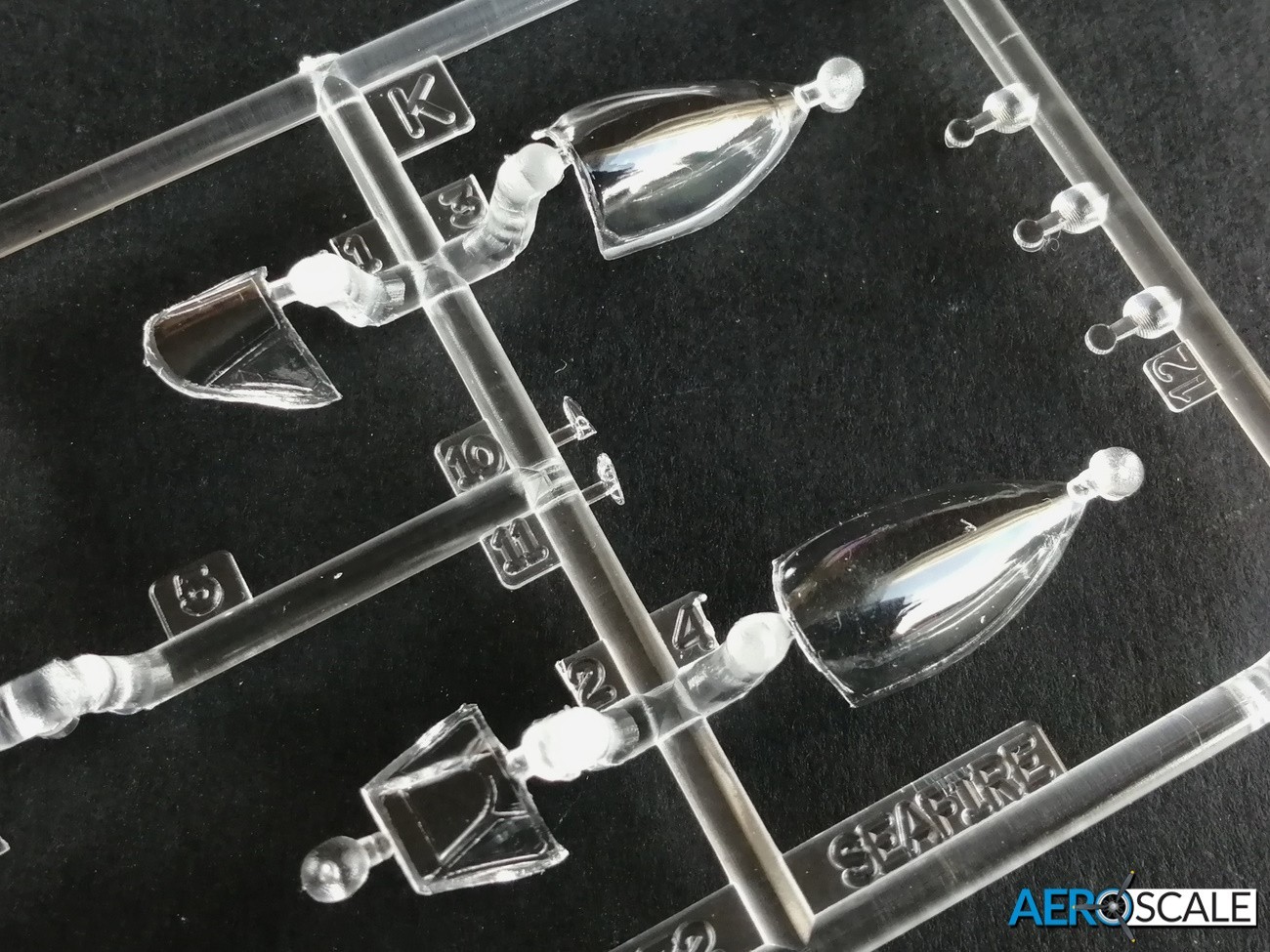
Decals are created by Special Hobby themselves. Colour density and registration look good. The cropped registration under the wings of option [A] is a thoughtful touch.
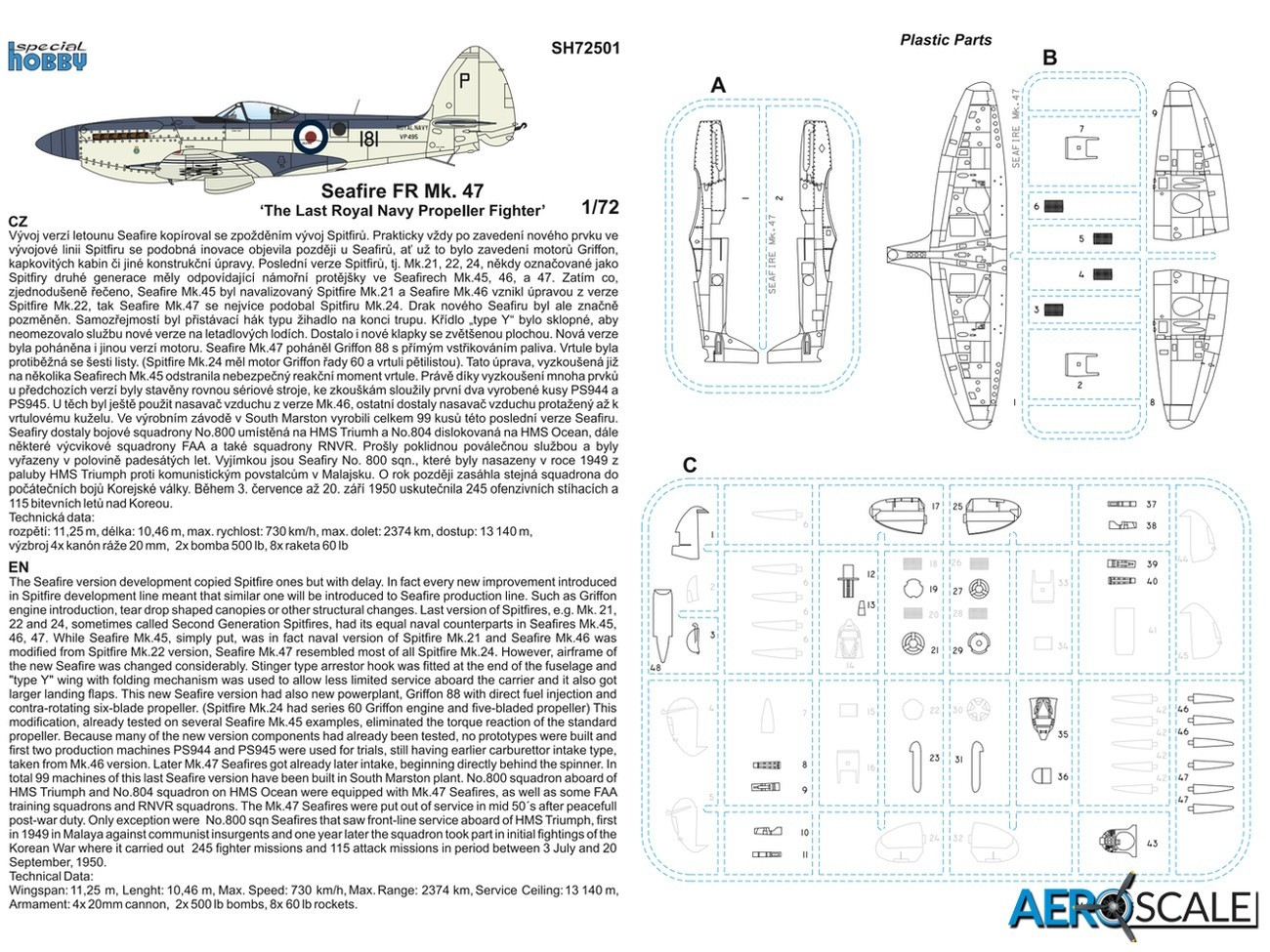
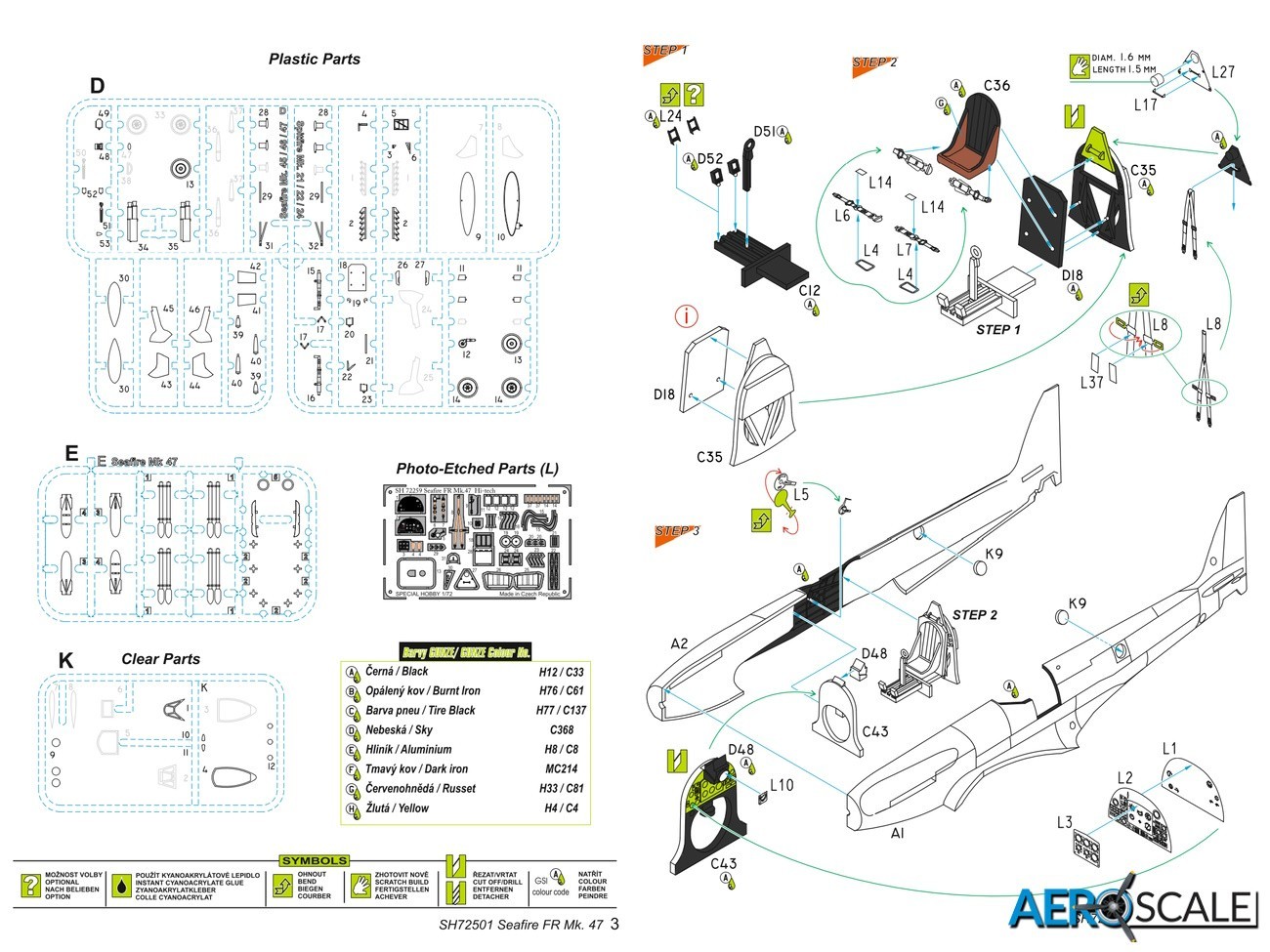
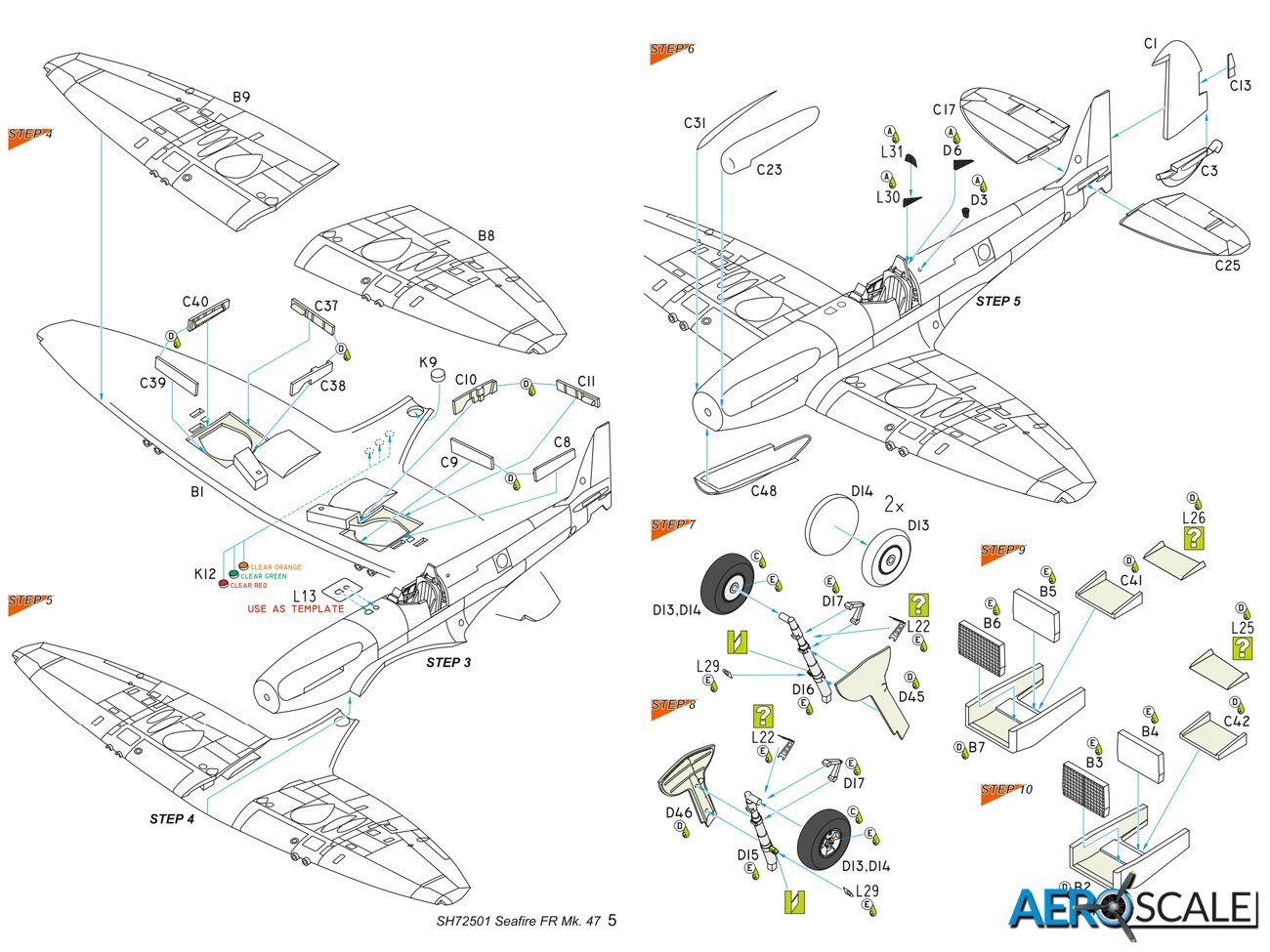
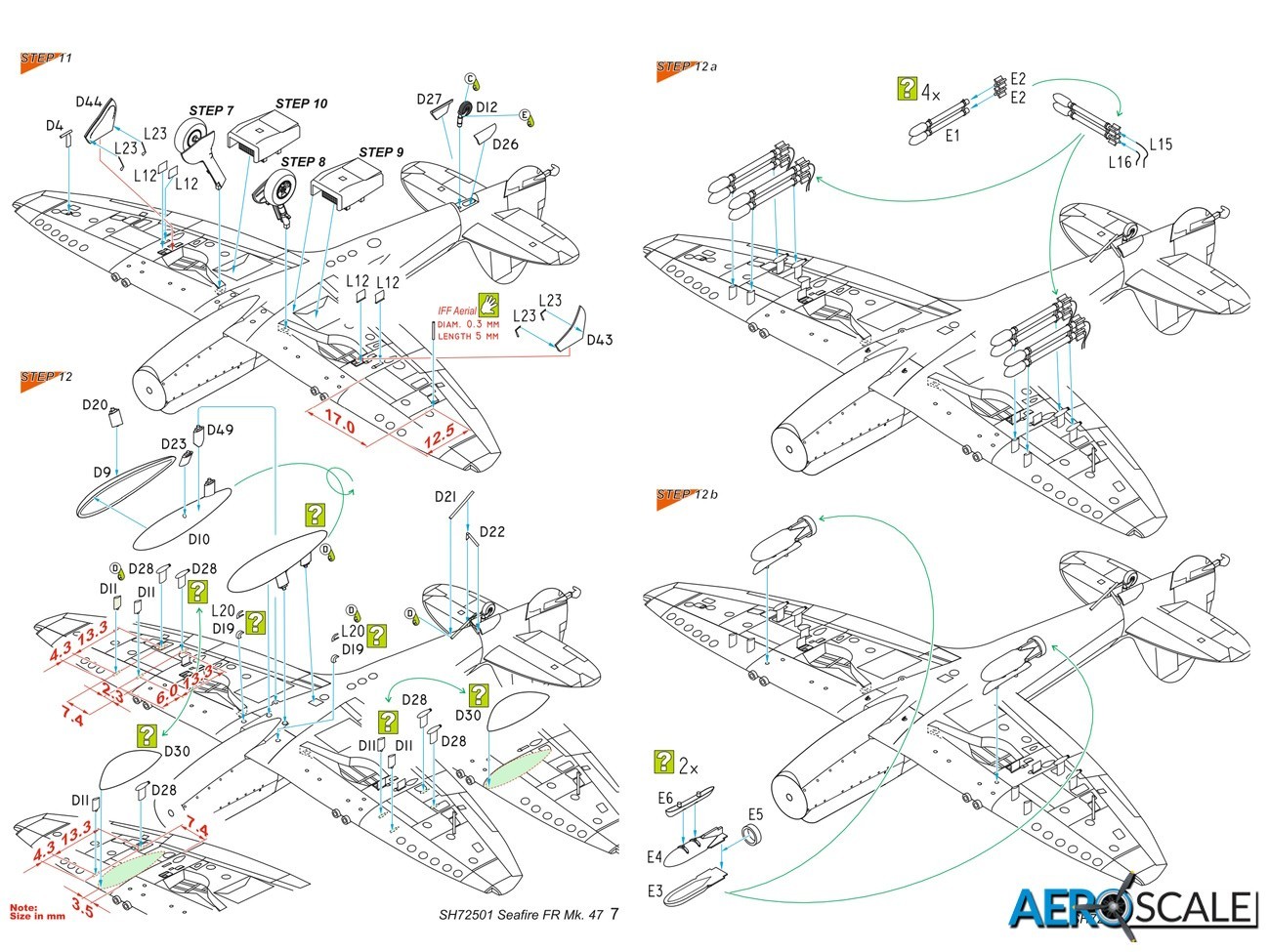
The sixteen-page instruction booklet has many excellent explicit black line drawings. They certainly do not leave much doubt where each part goes. The painting guide has colour four view drawings of each option. Paint reference number refer to the Gunze Sangyo paint range. Finally there is a four-view drawing for the placement of stencils and wing walkways.
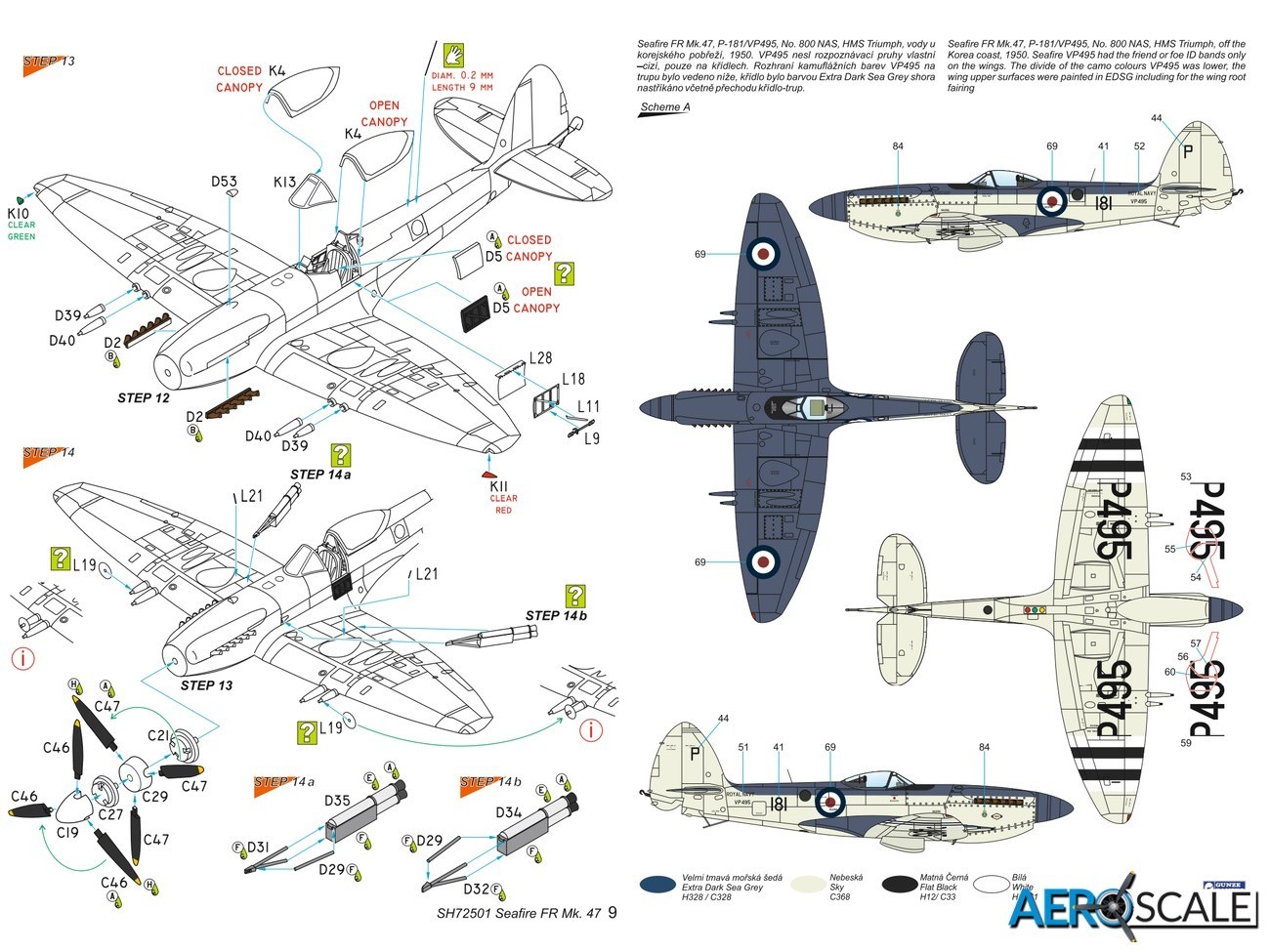
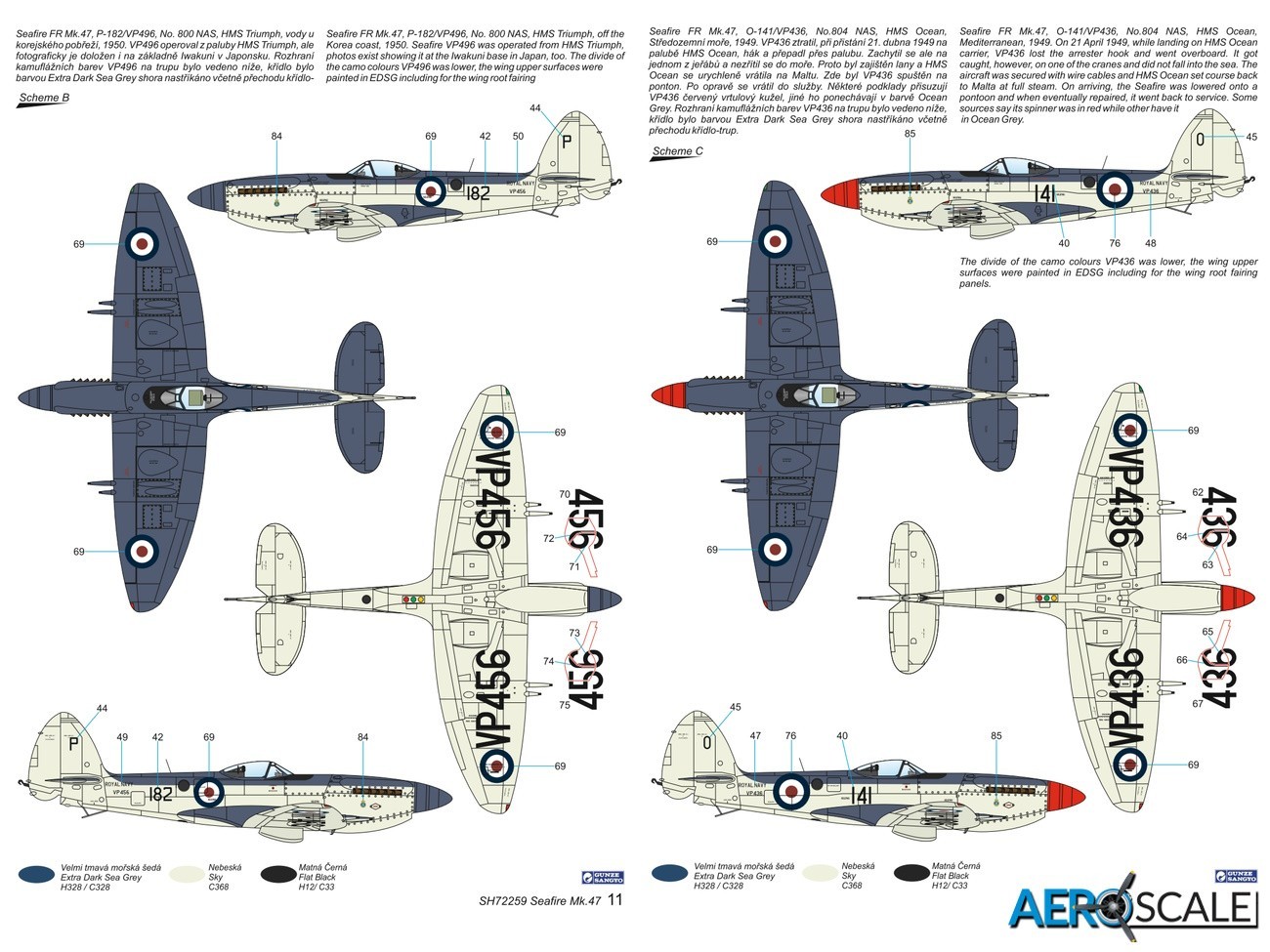
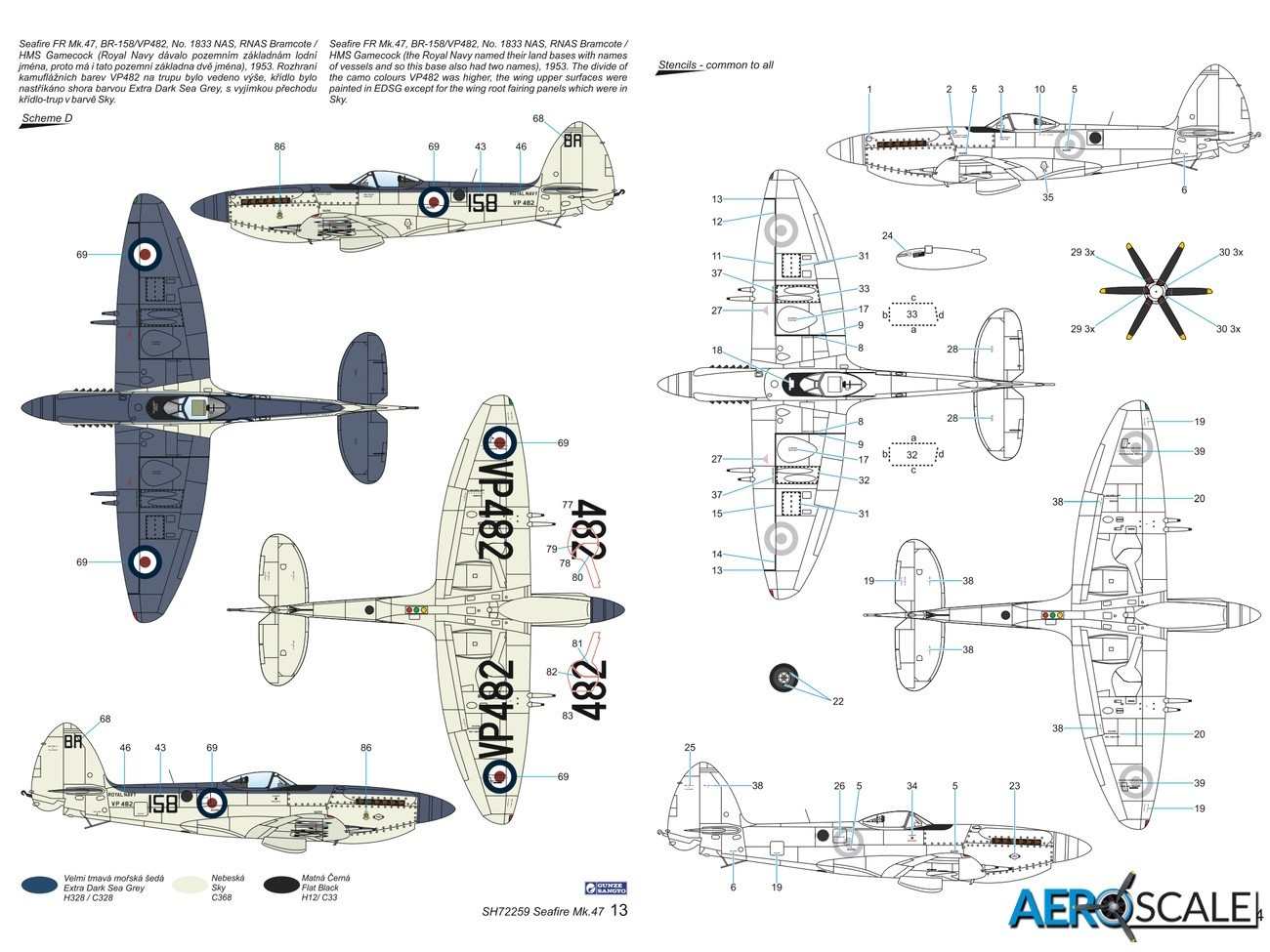
Conclusions
The longer nose accommodating the Griffon engine and the large tail countering the extreme torque gives the late mark Spitfires and Seafire’s a distinctive look. Quite different from the original elegant design of R.J. Mitchell. Special Hobby has done a great job capturing the powerful look of this fighter. The quality of the detail on the plastic is good and there is the bonus with the inclusion of pre-coloured PE. Not a kit for beginners, but anyone with a few kits under their belt plus experience with PE should be able to build an excellent model of the Seafire FR Mk.47. Highly recommended.
This kit is available now from Special Hobby at a price of 26.20 €. Our thanks to Special Hobby for this review sample.
SH72501 - Seafire FR Mk.47 ‘the last Royal Navy propeller Fighter’ – 1:72
Please remember, when contacting retailers or manufacturers, to mention that you saw their products highlighted here – on Aeroscale.




















